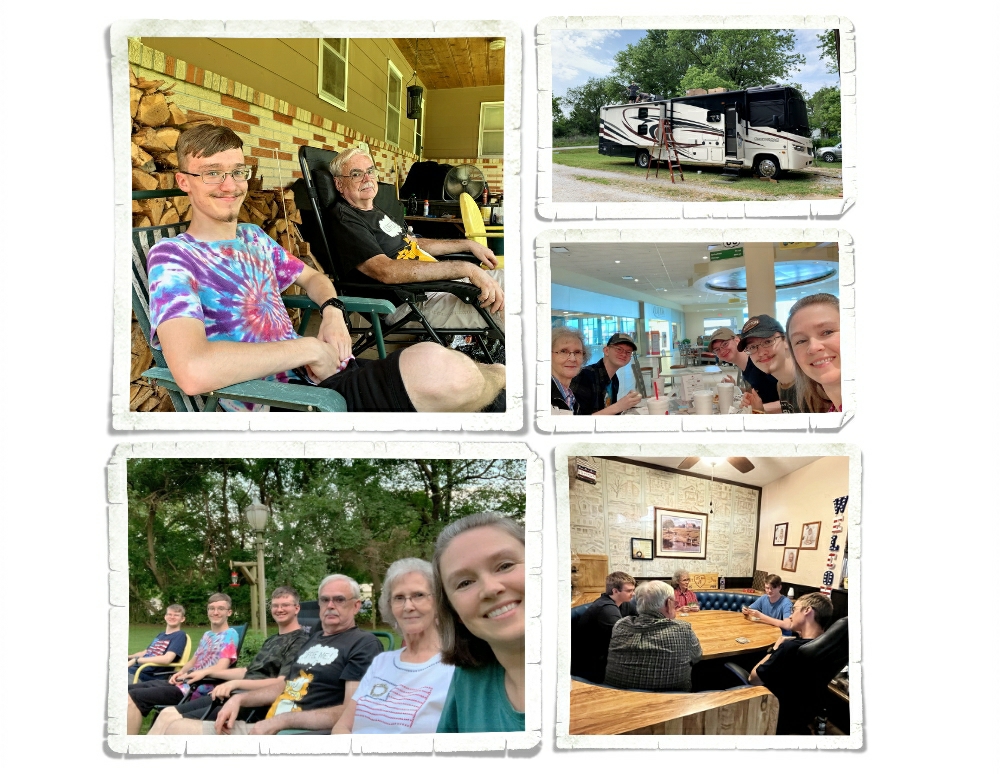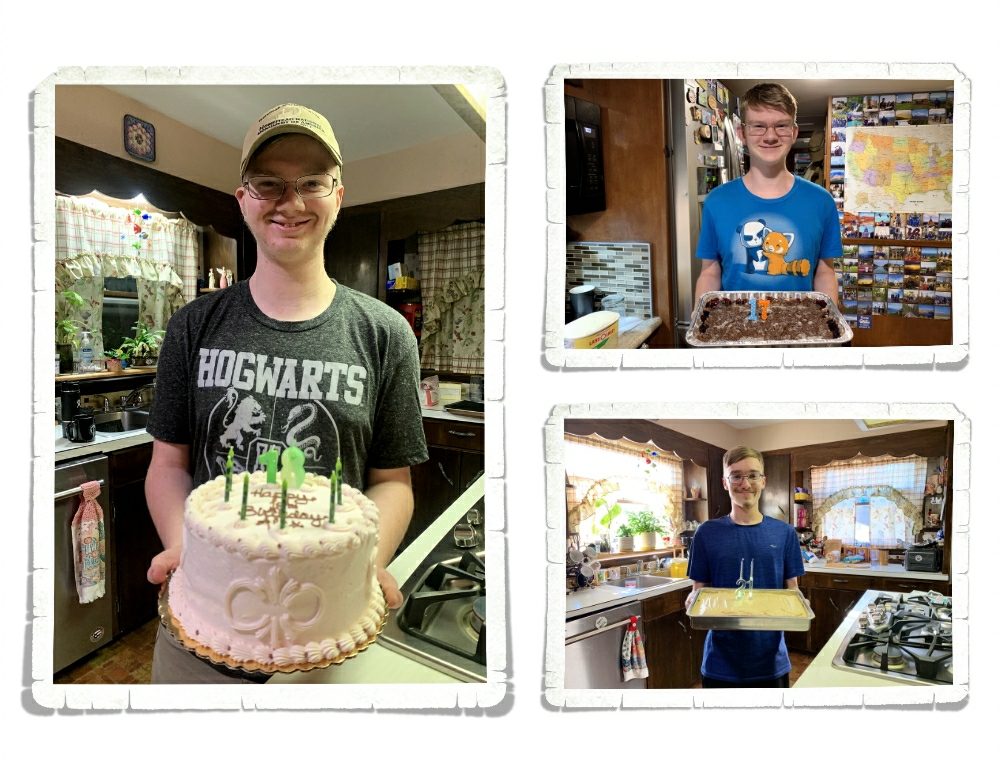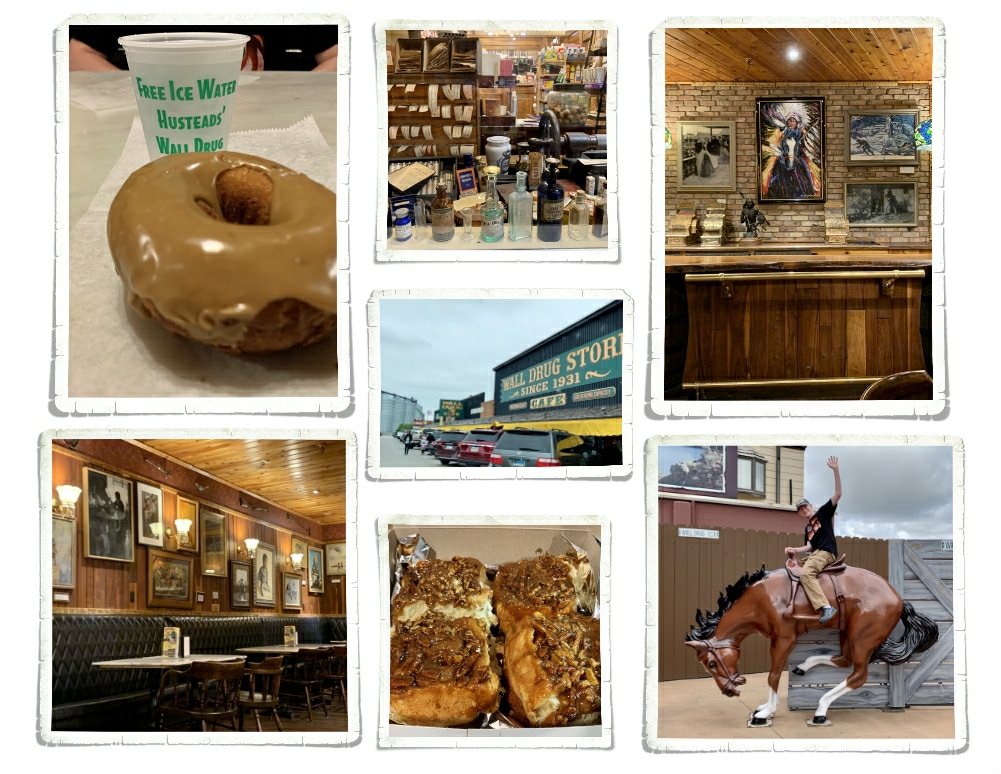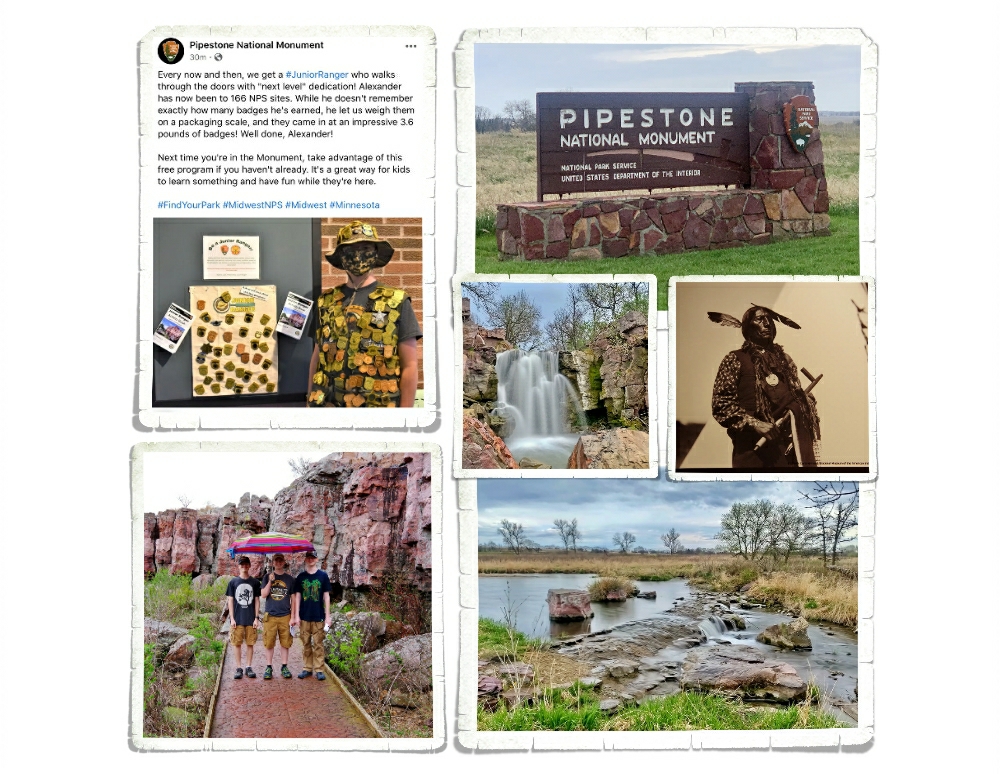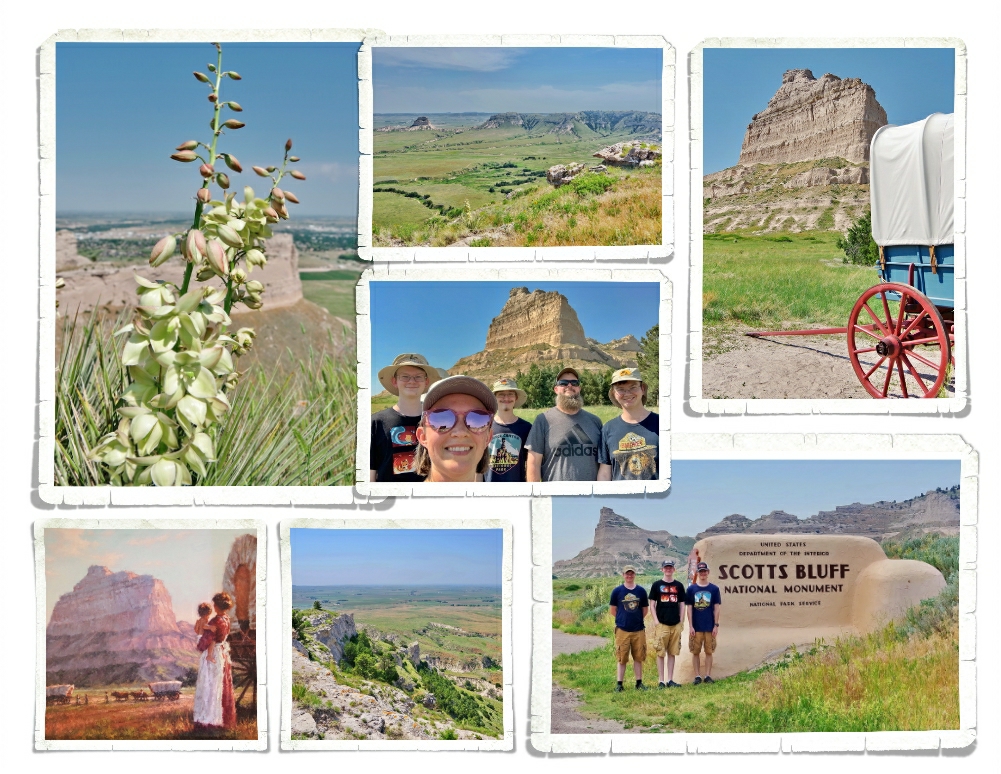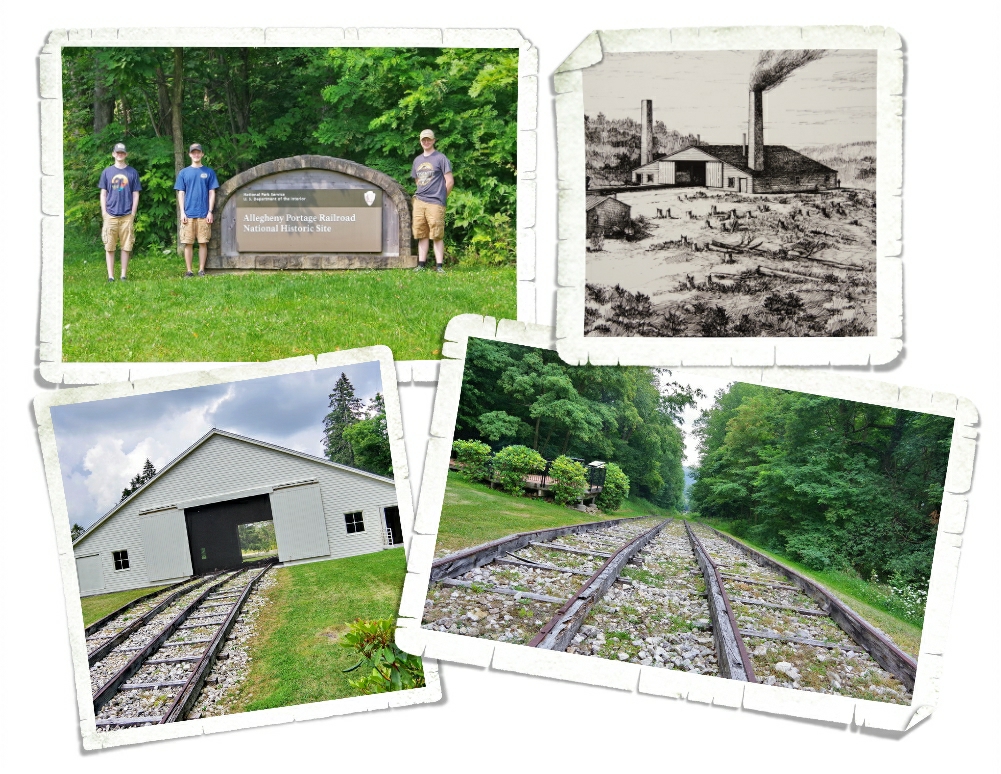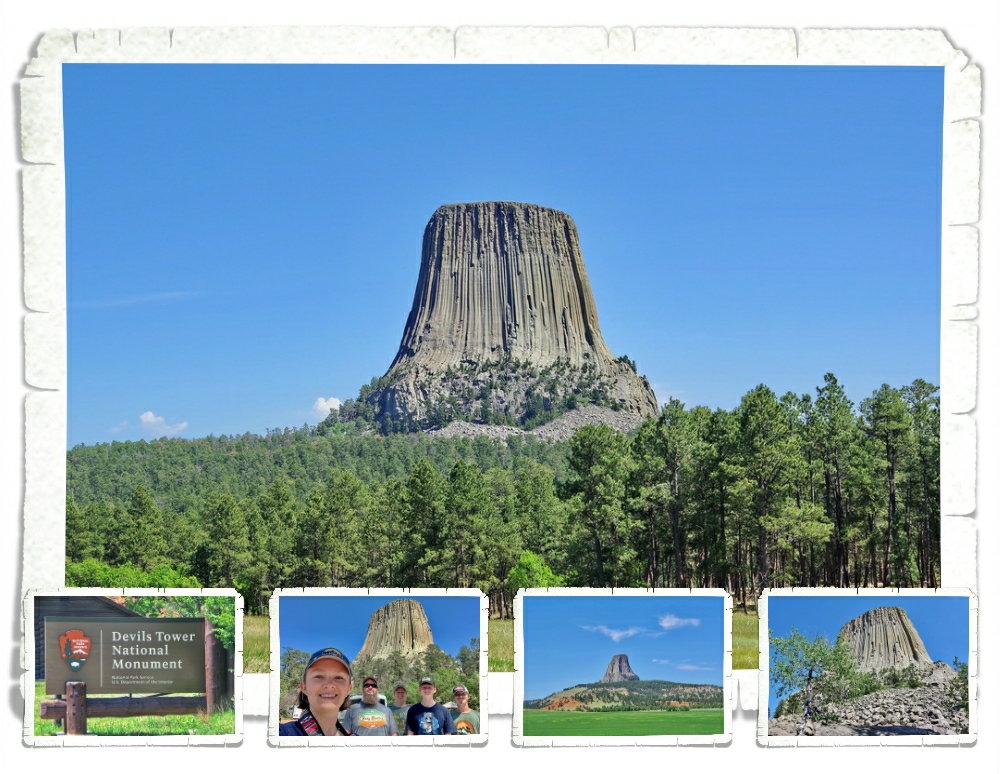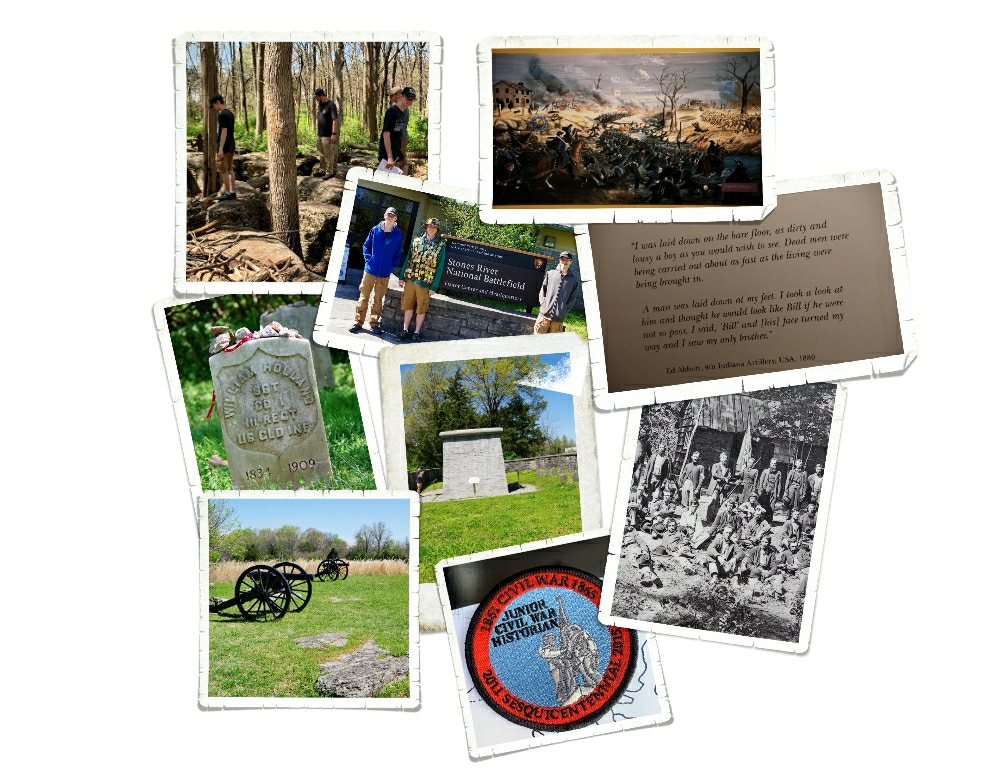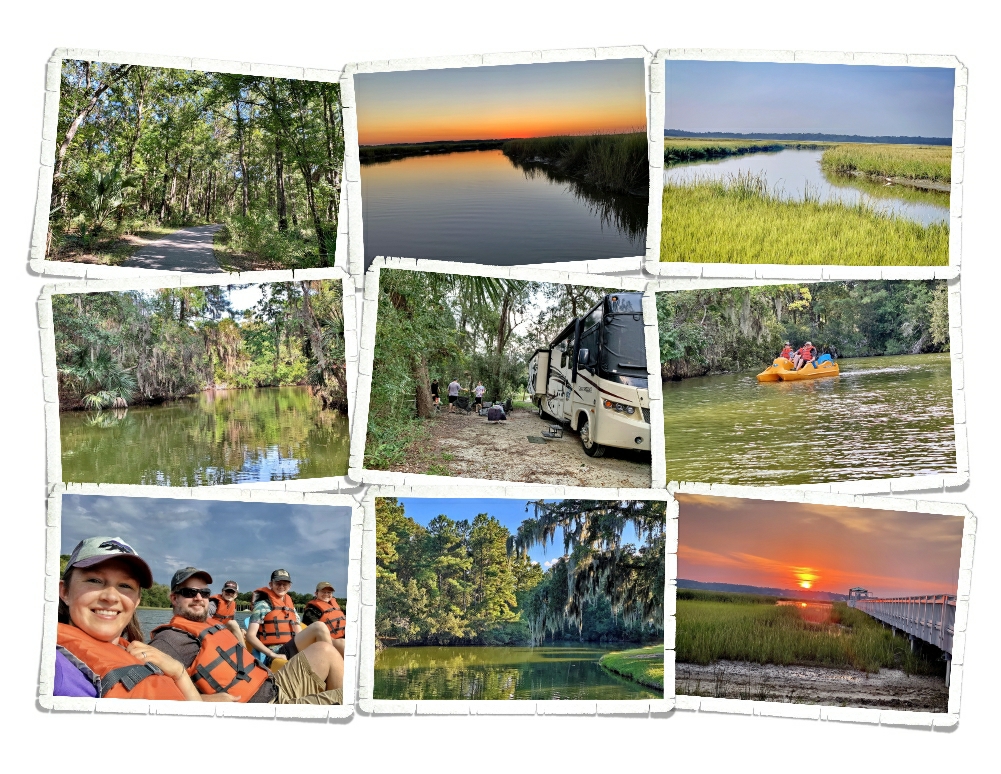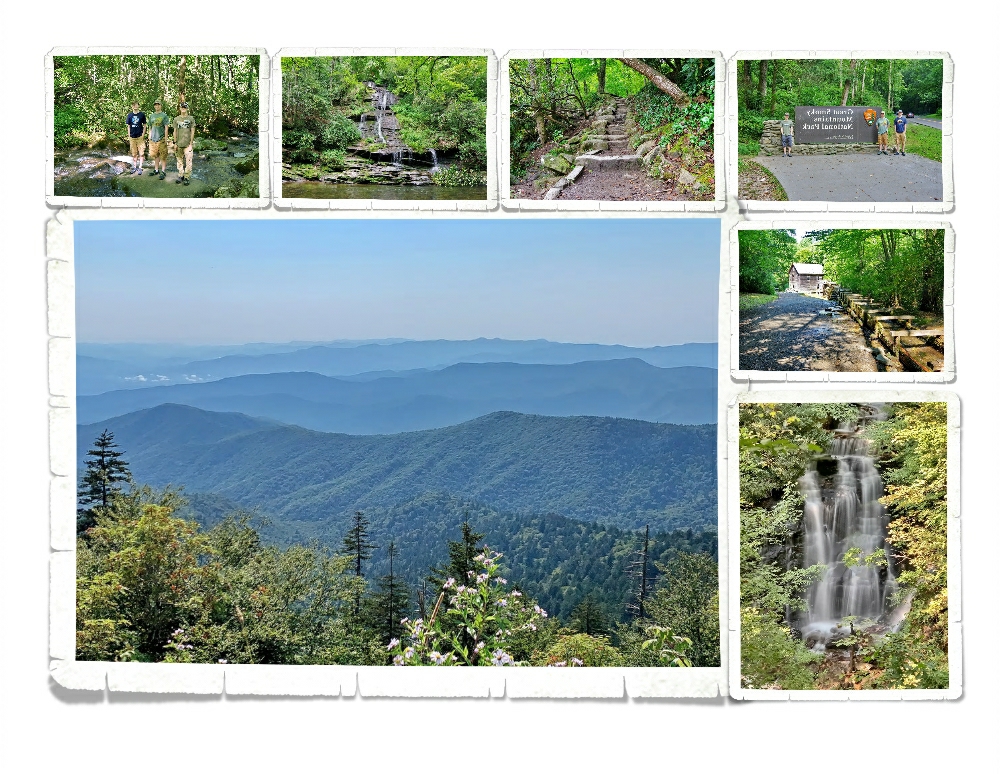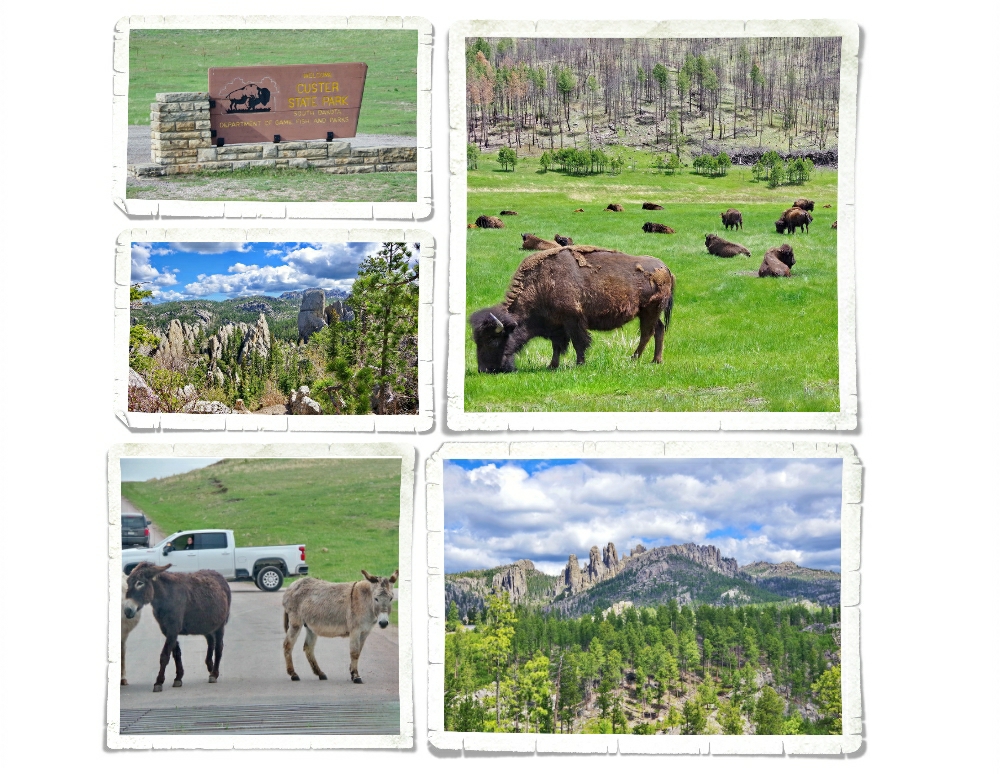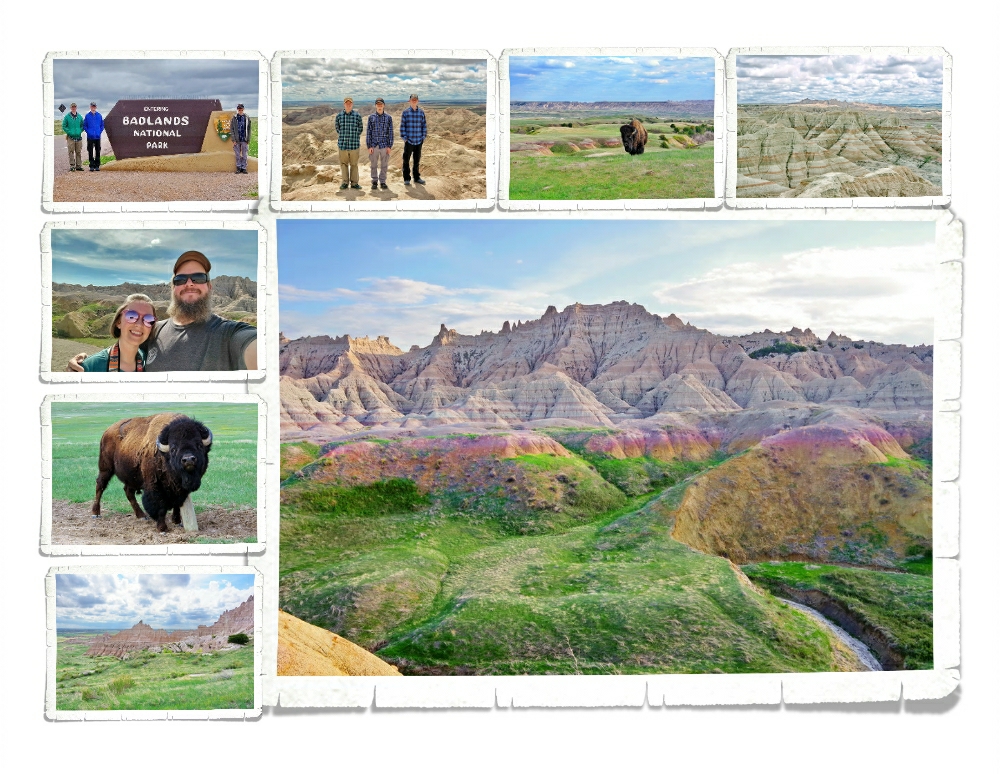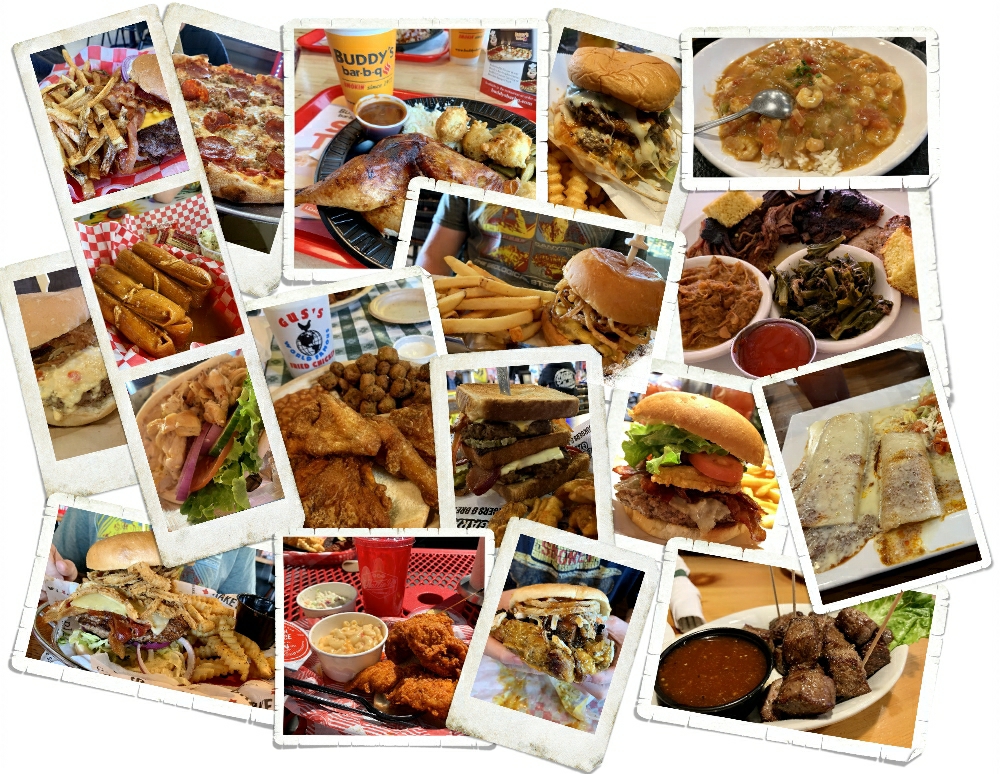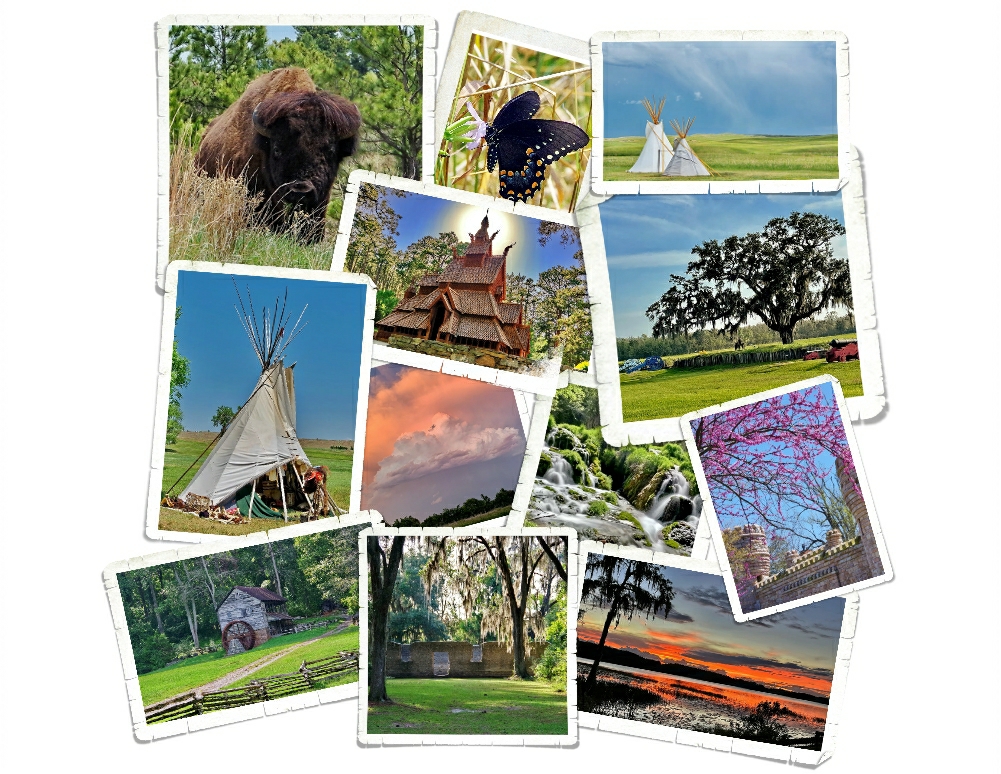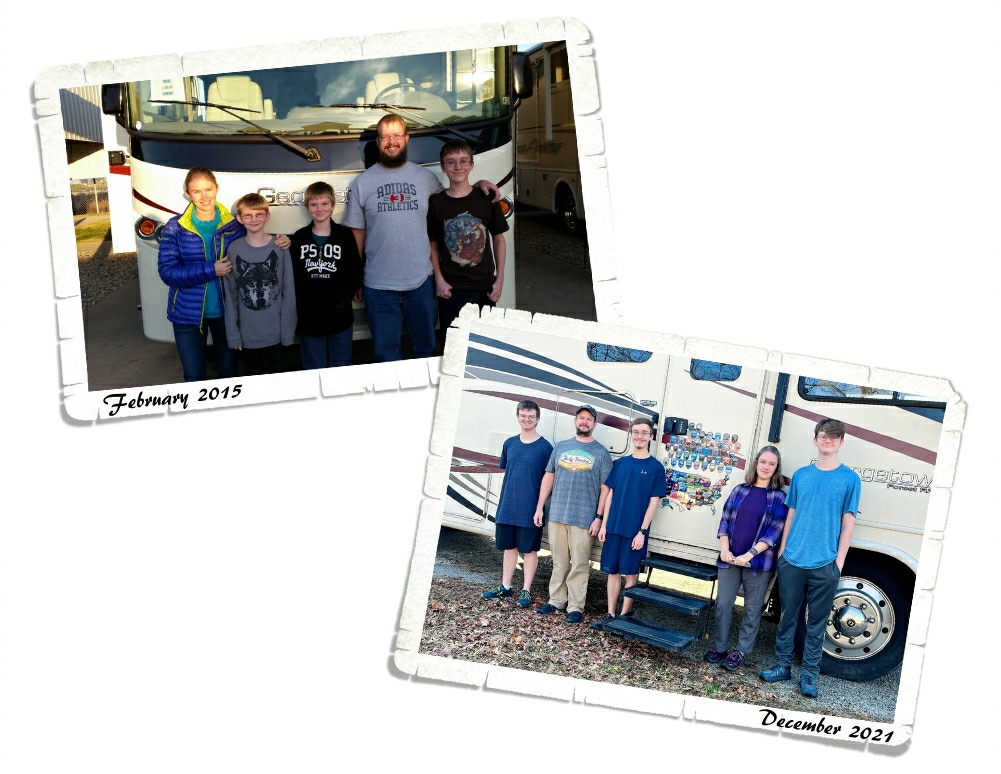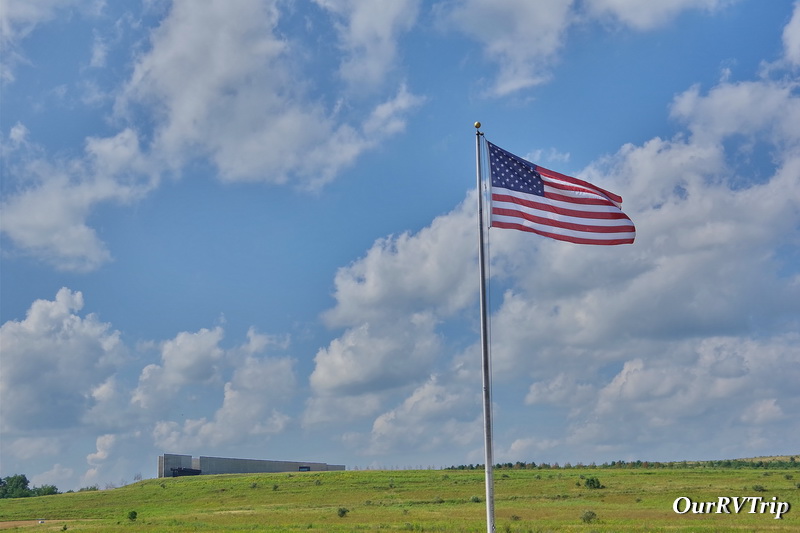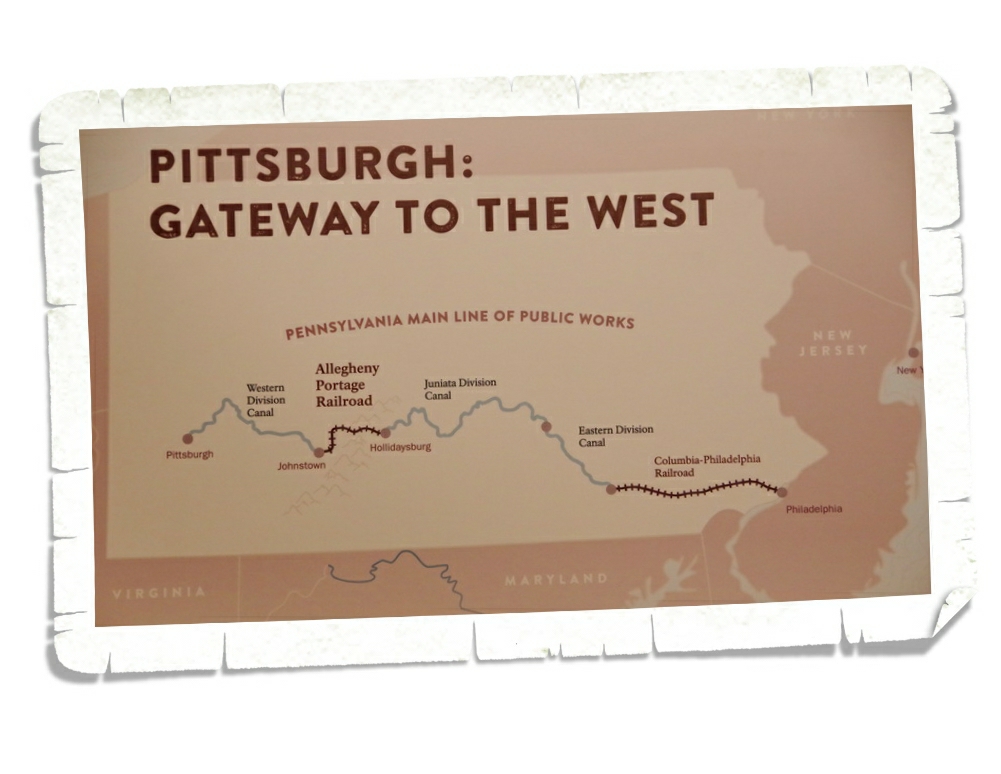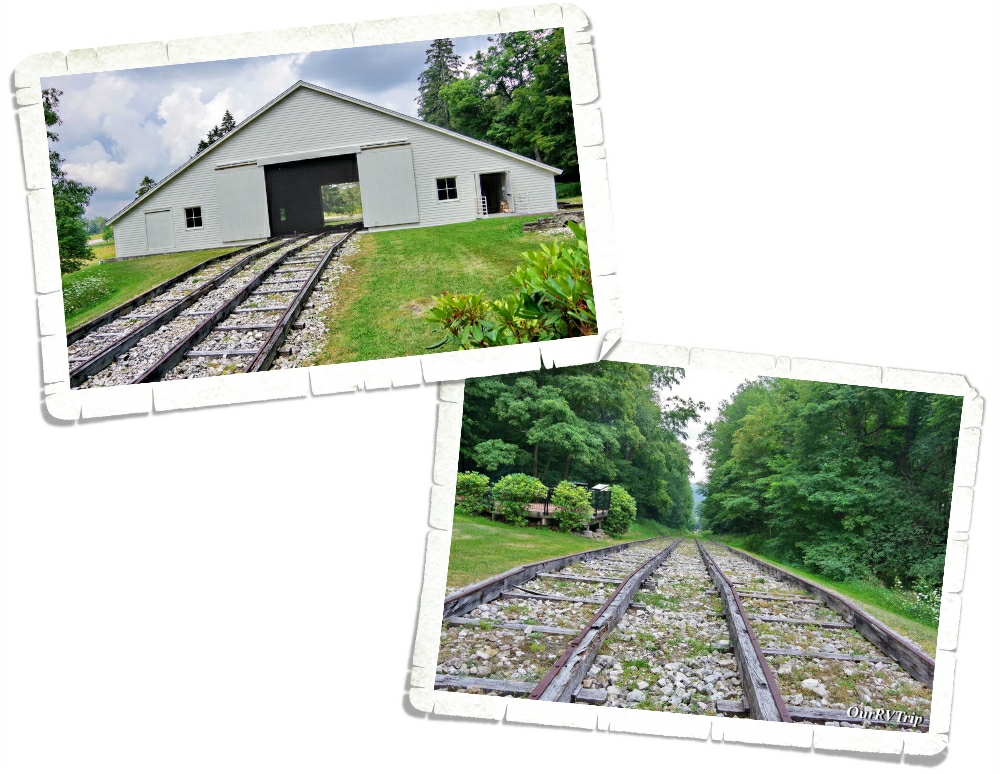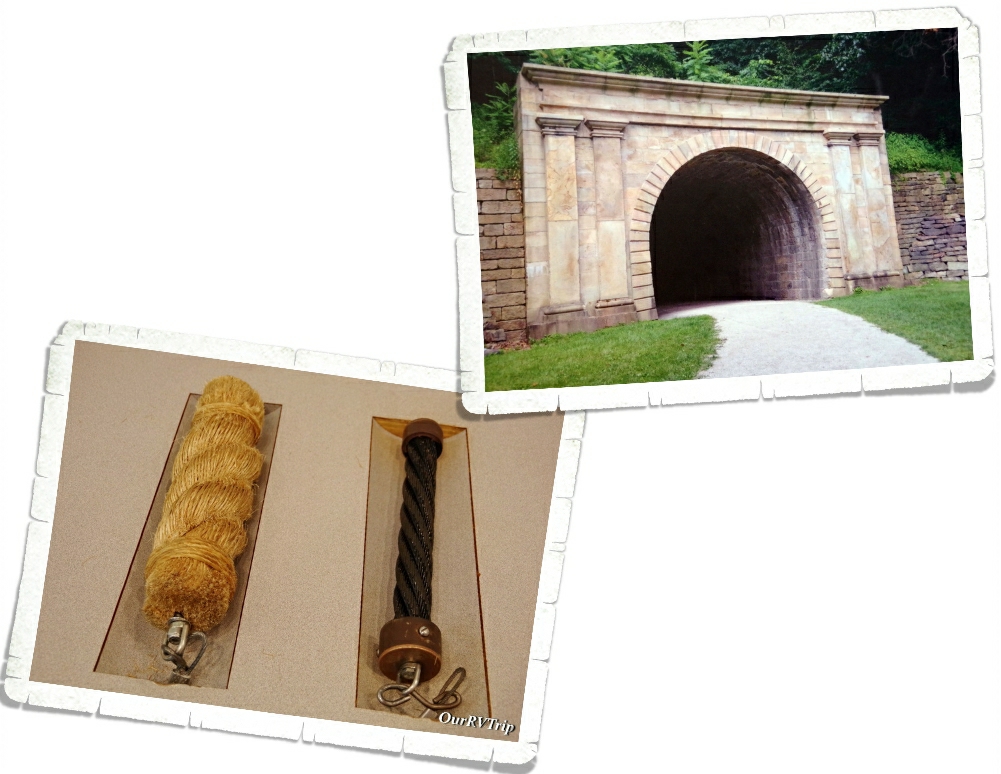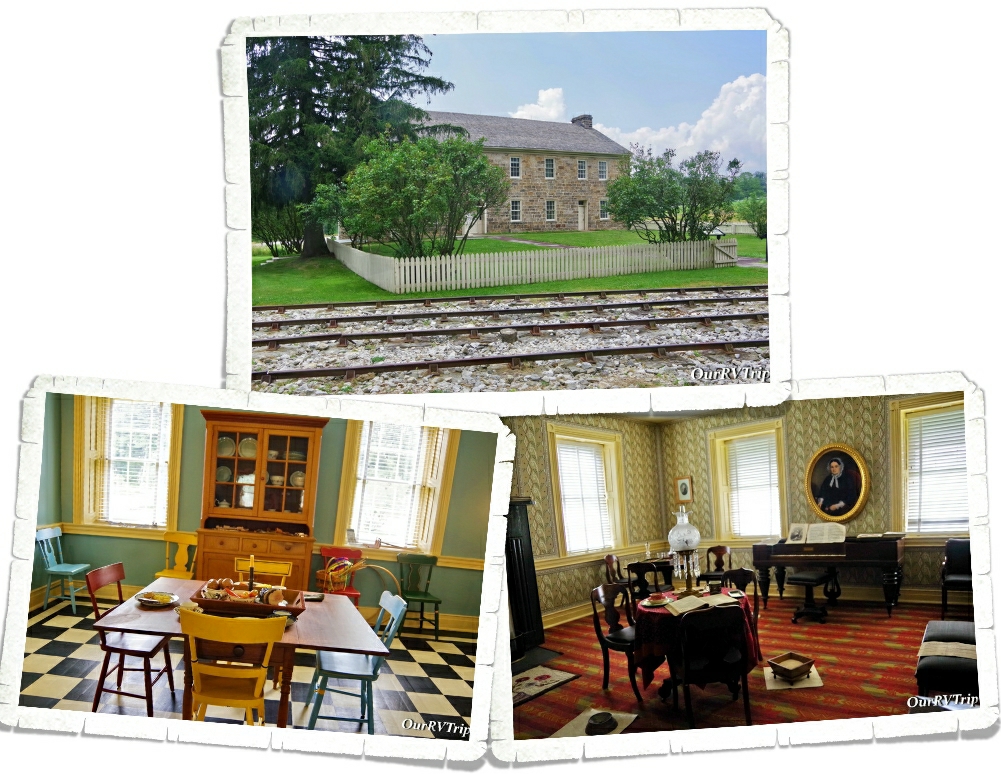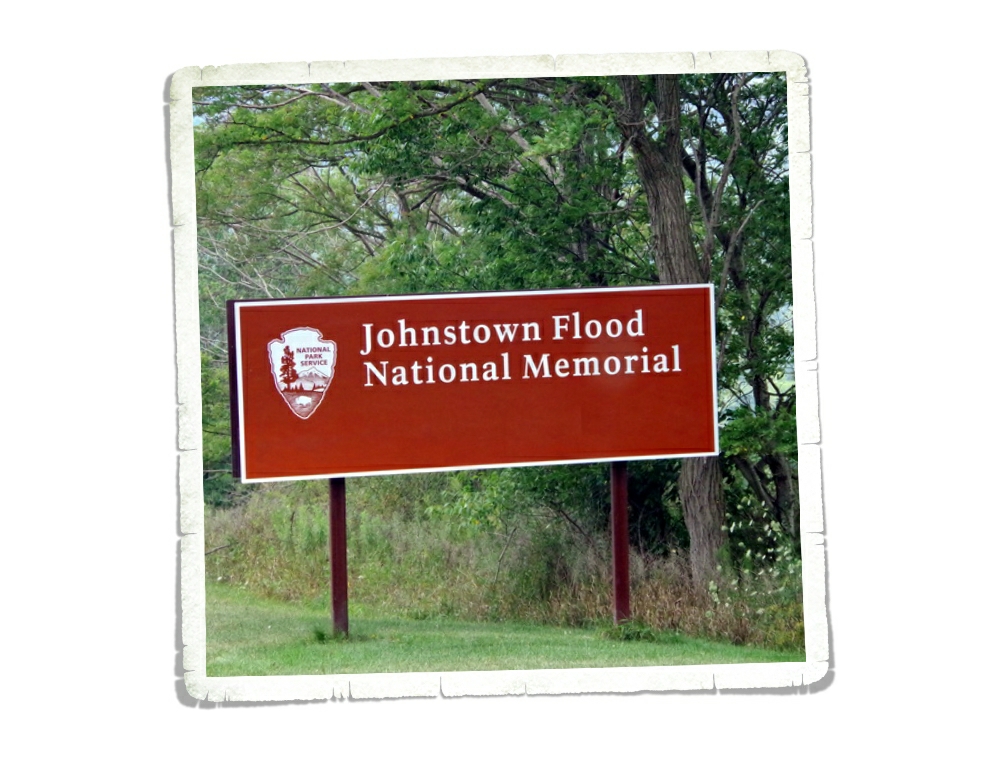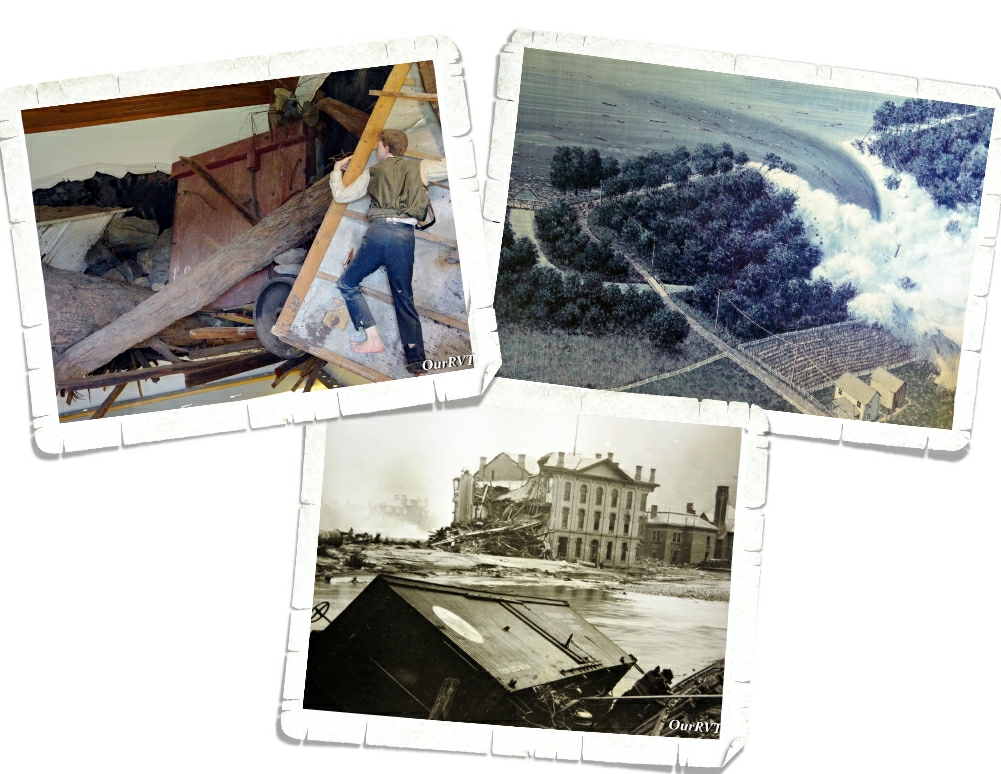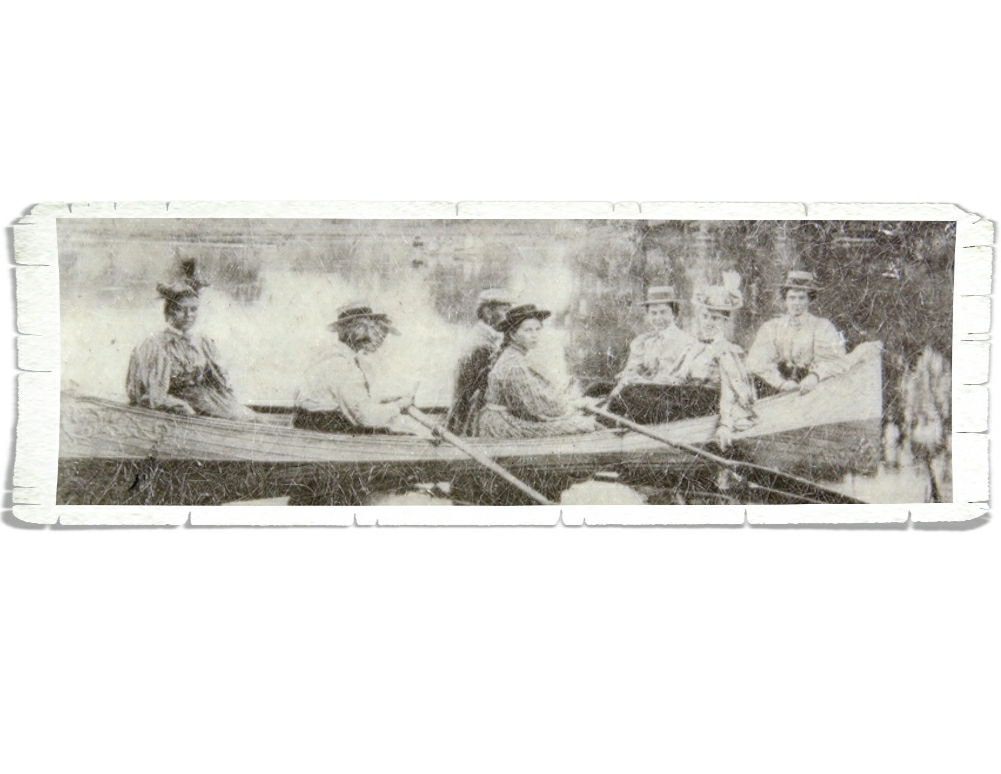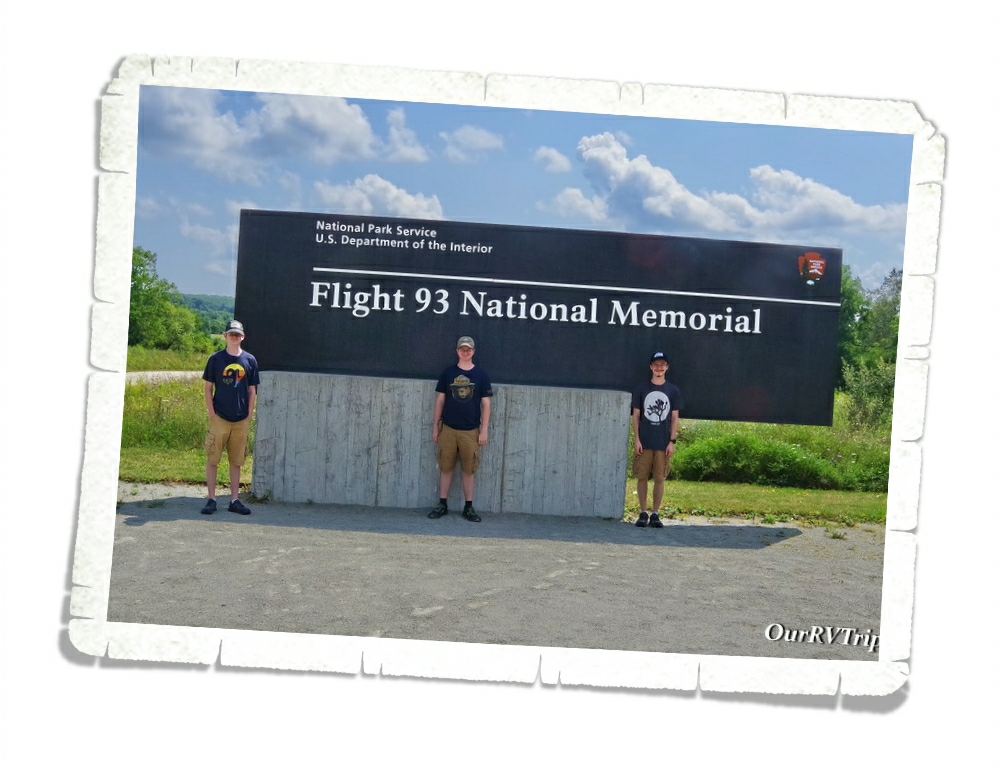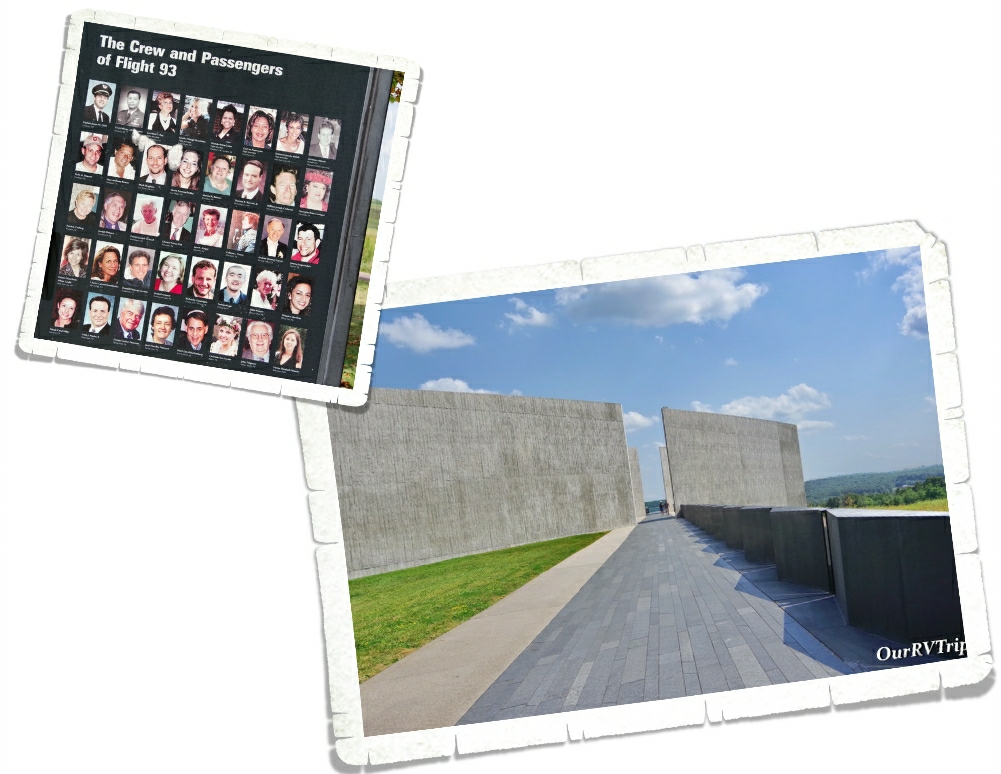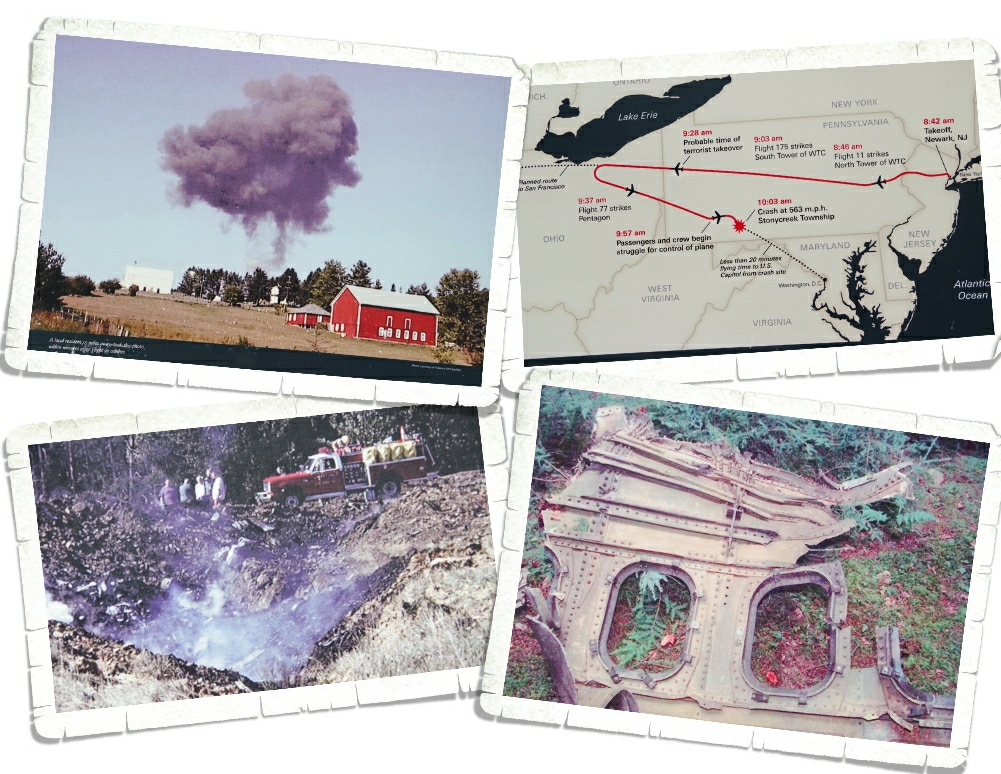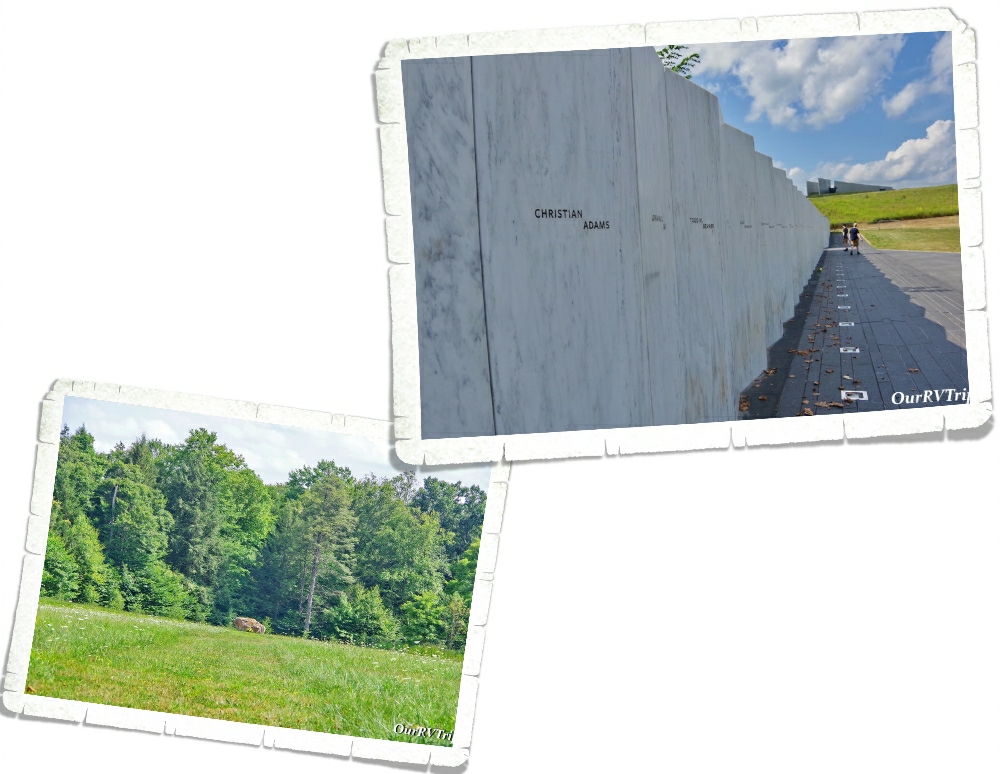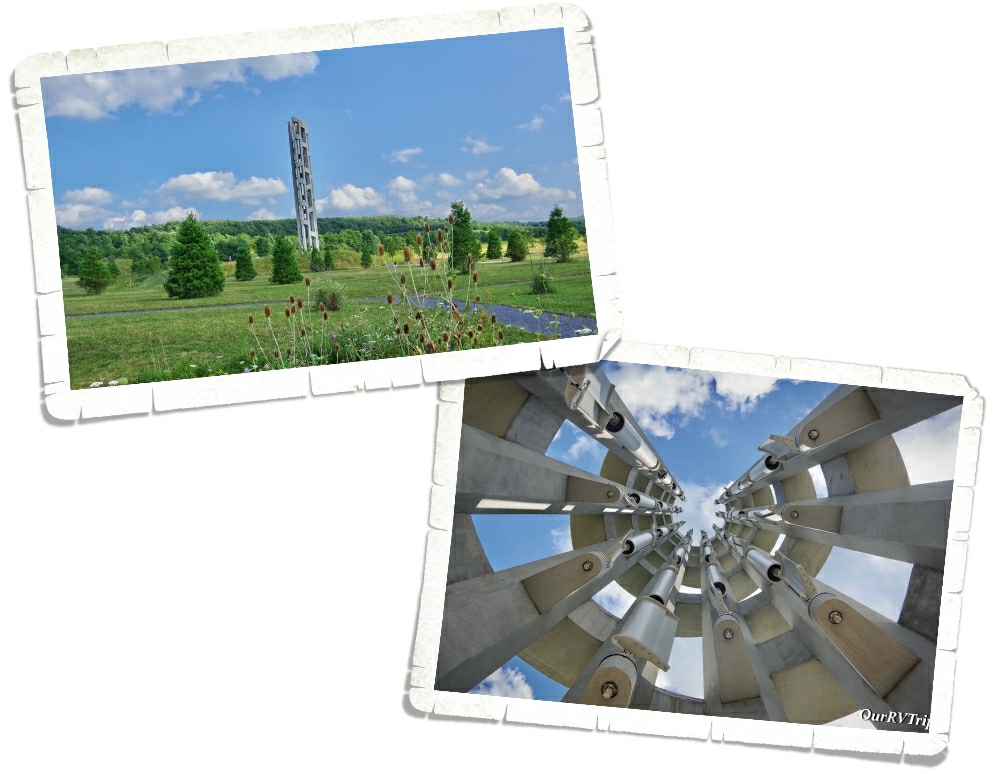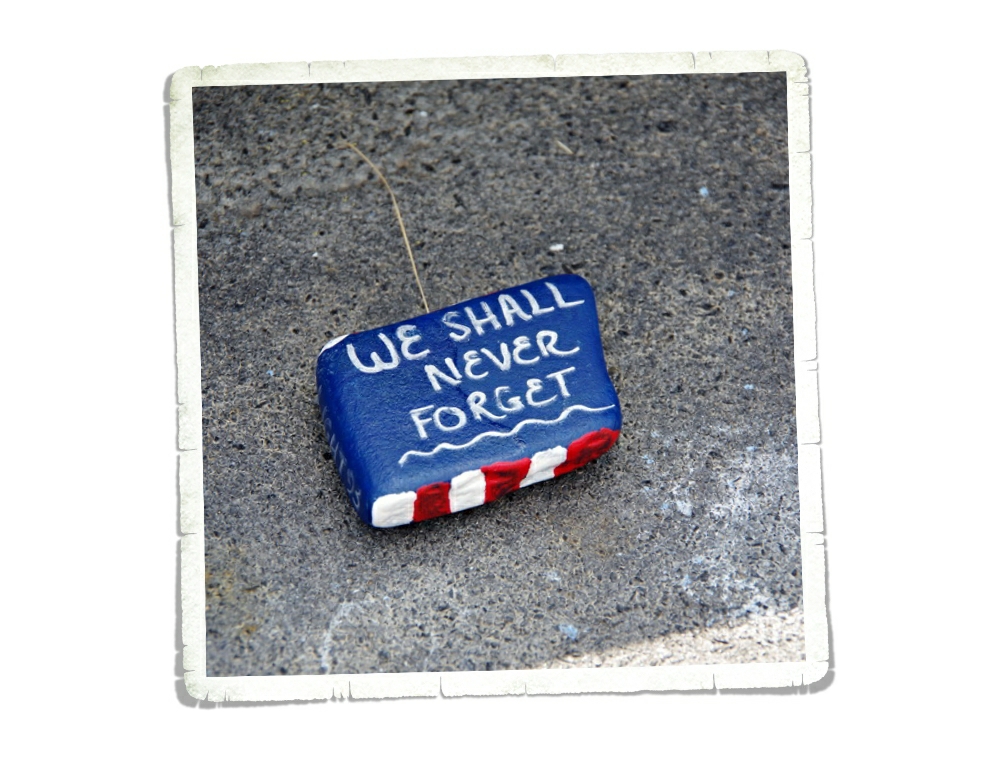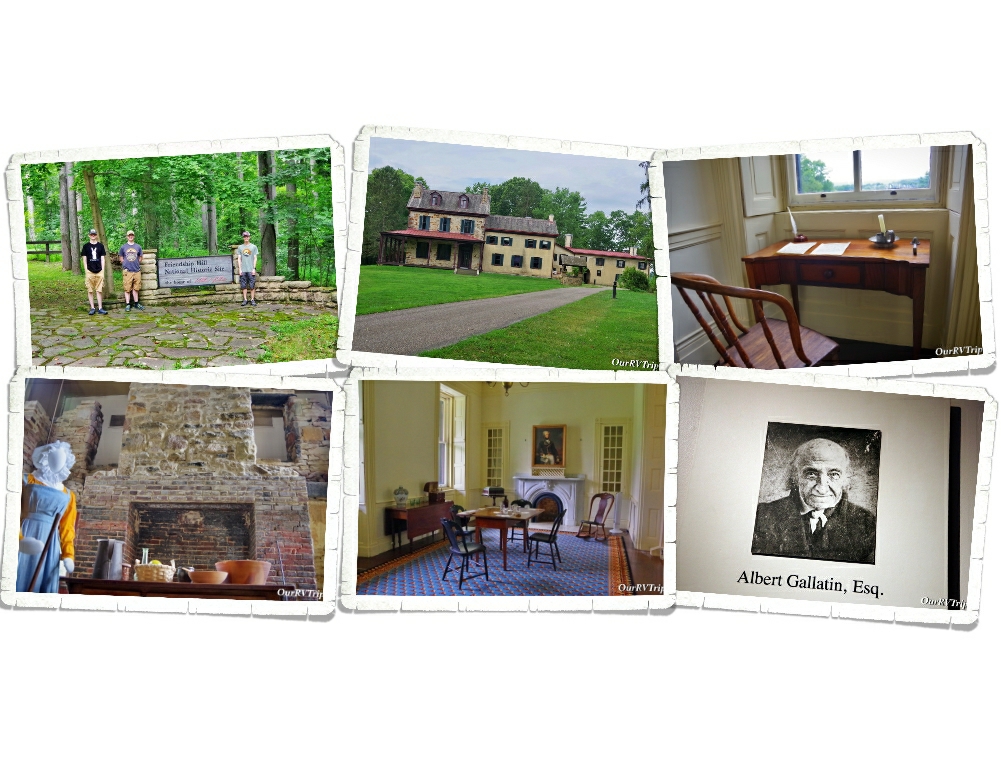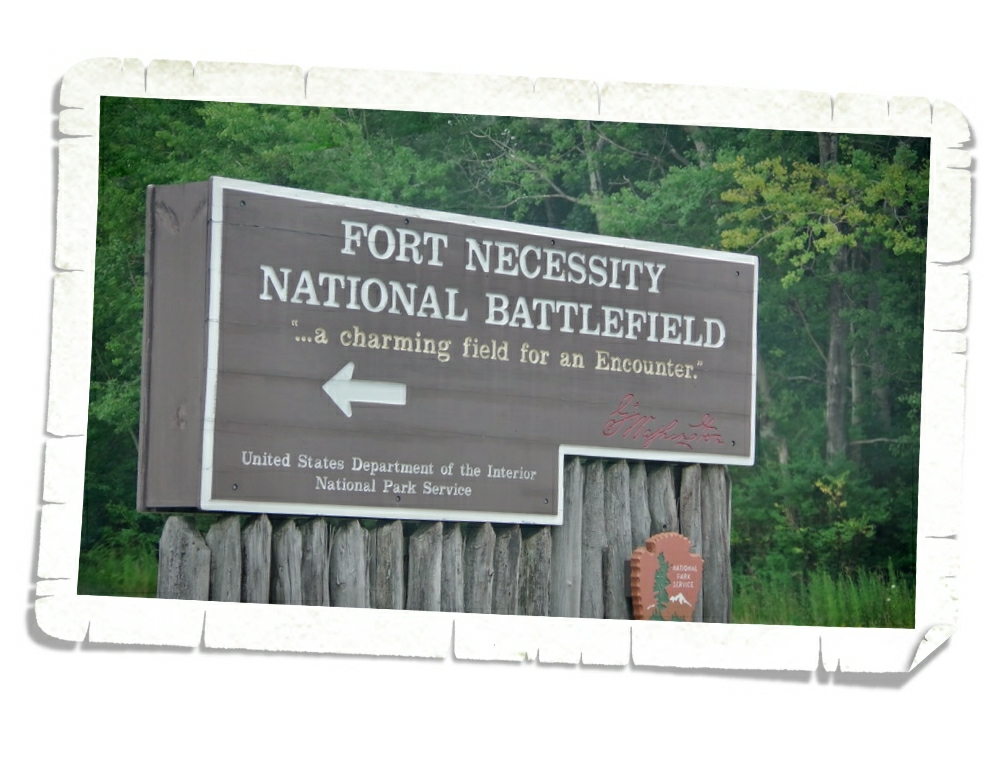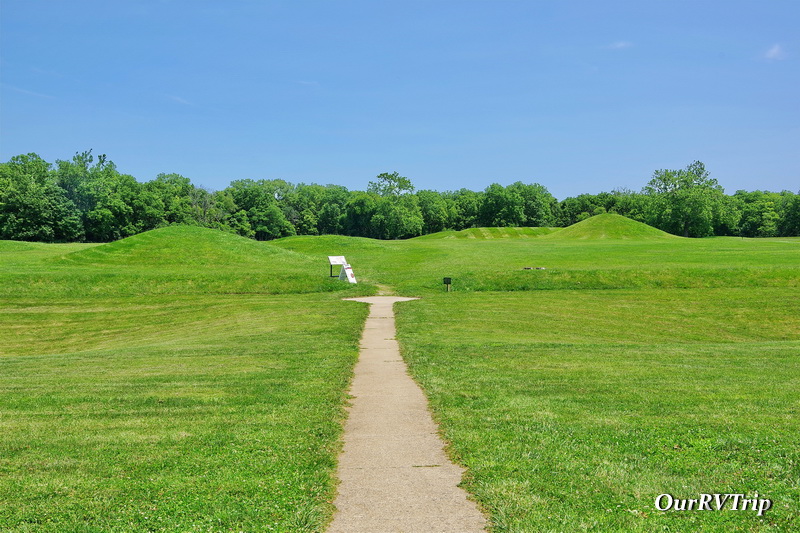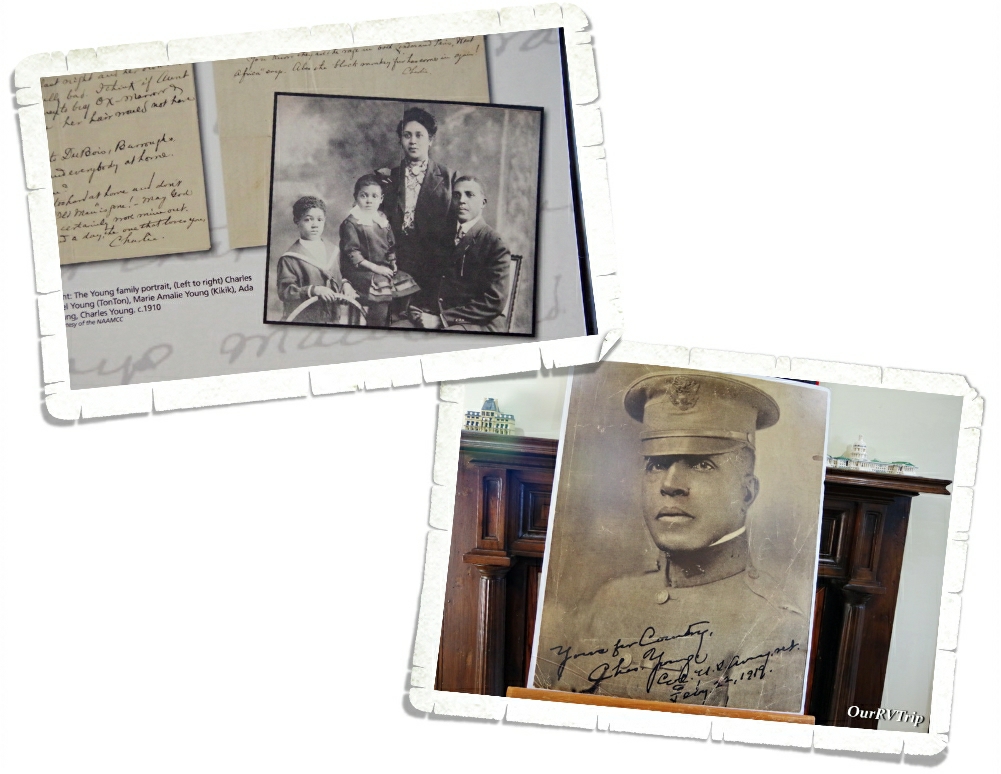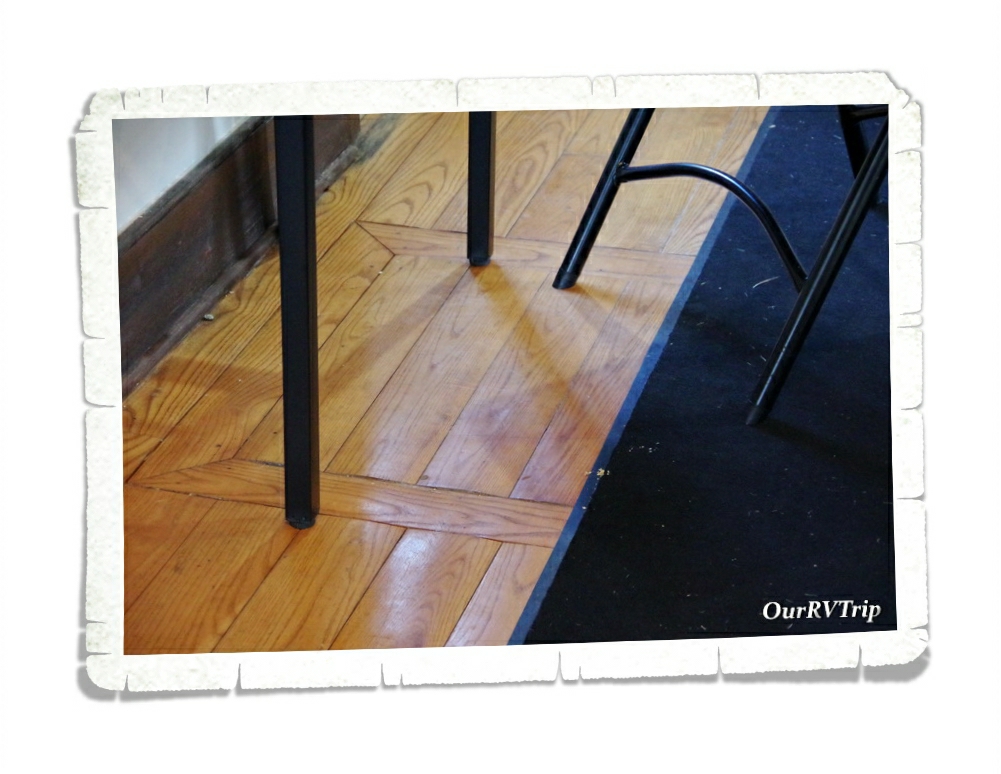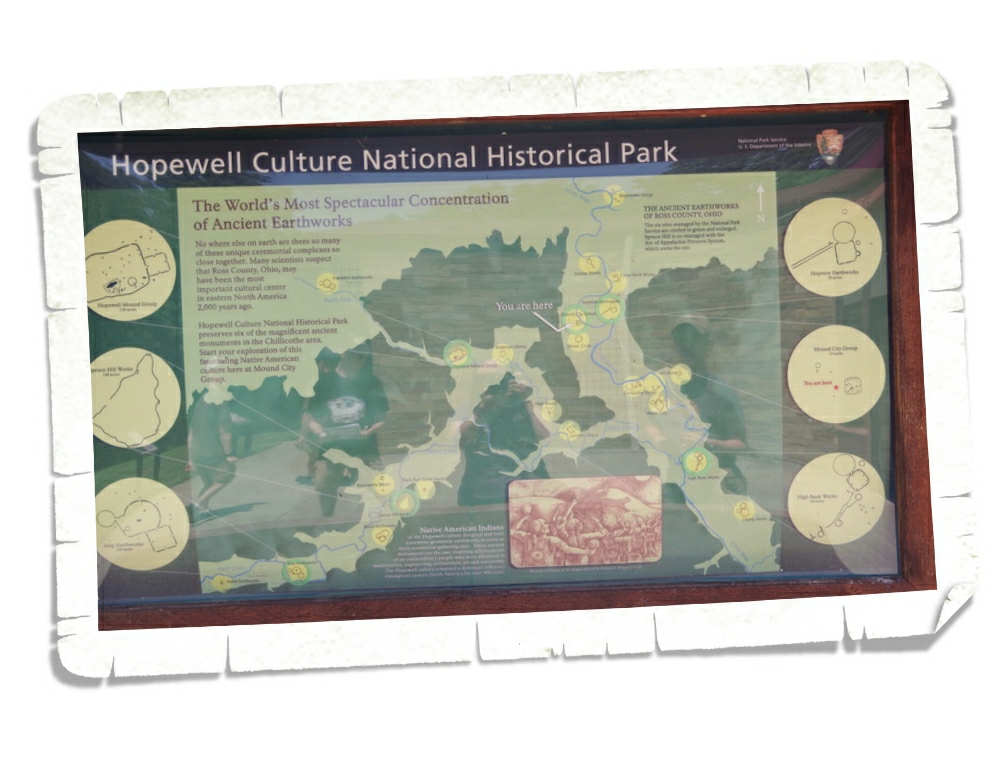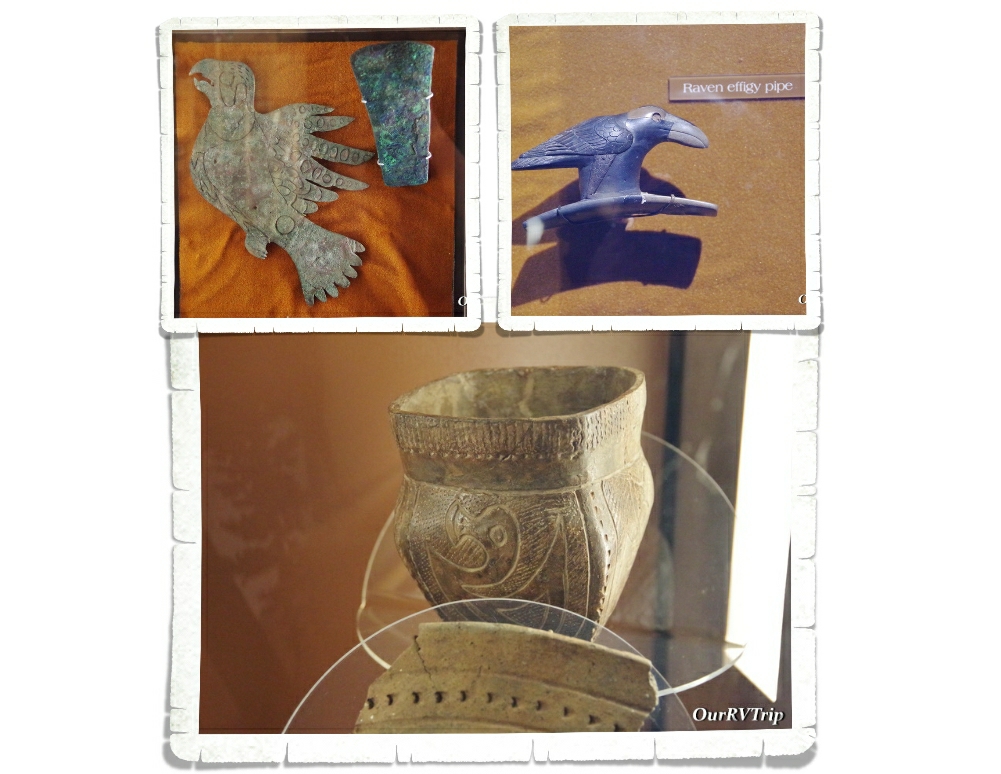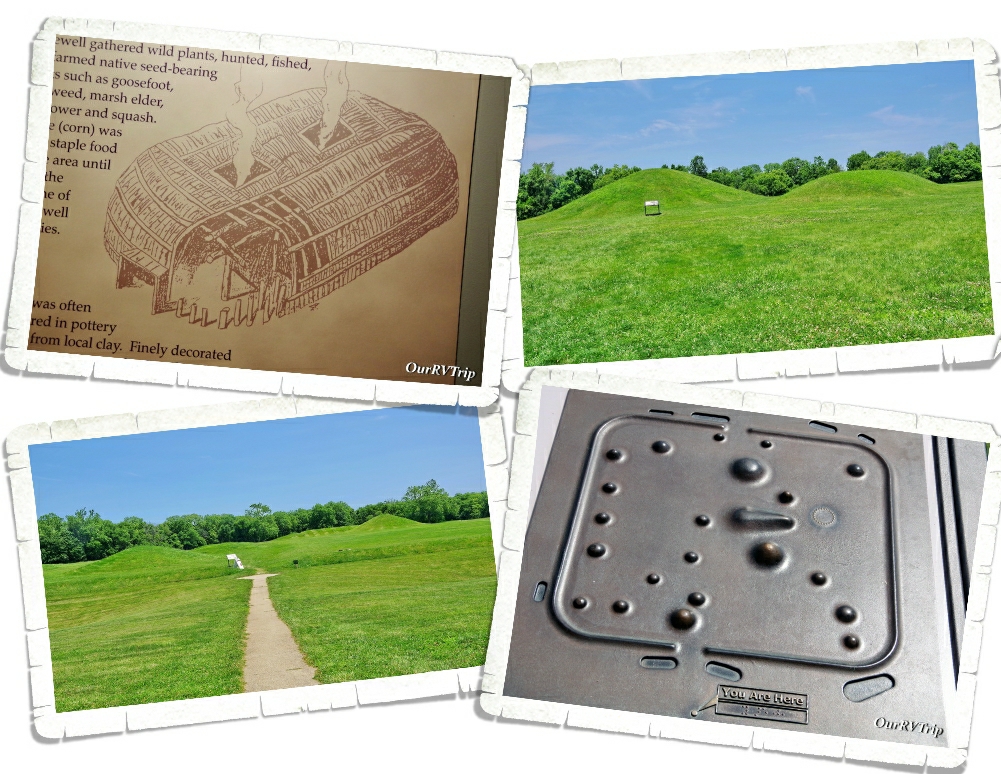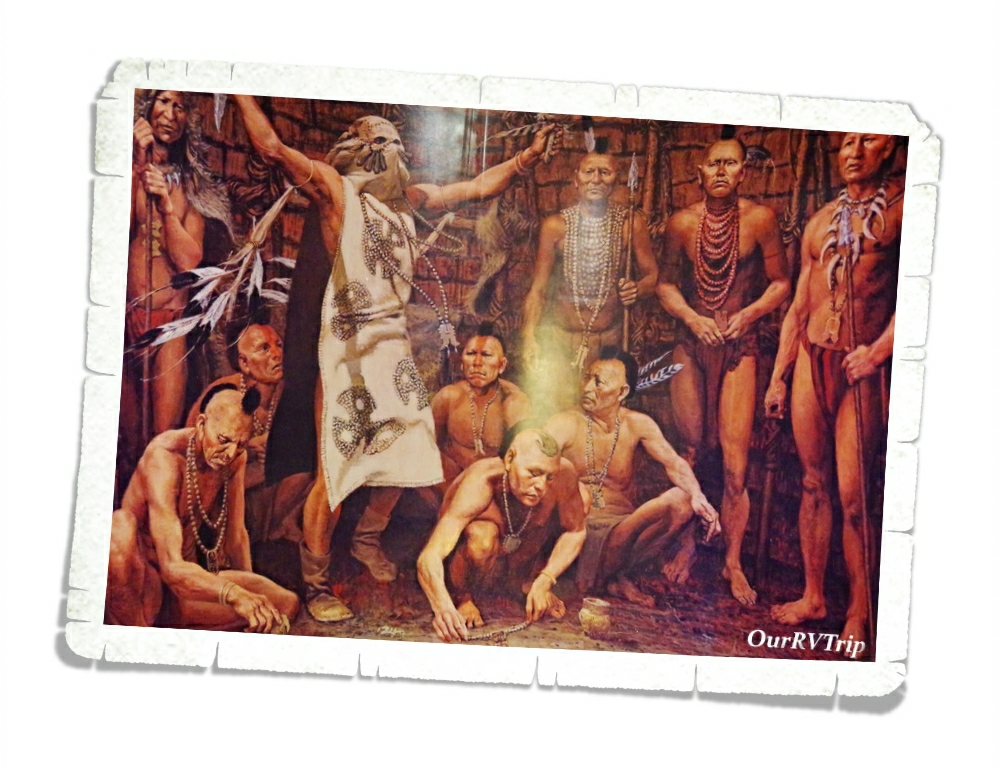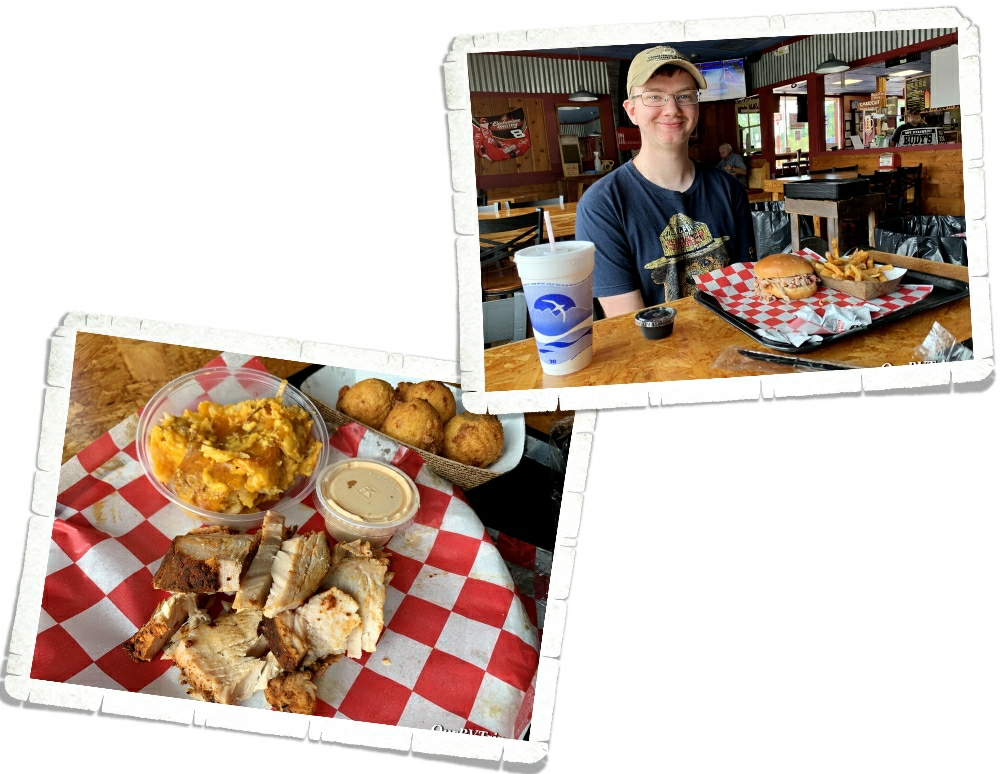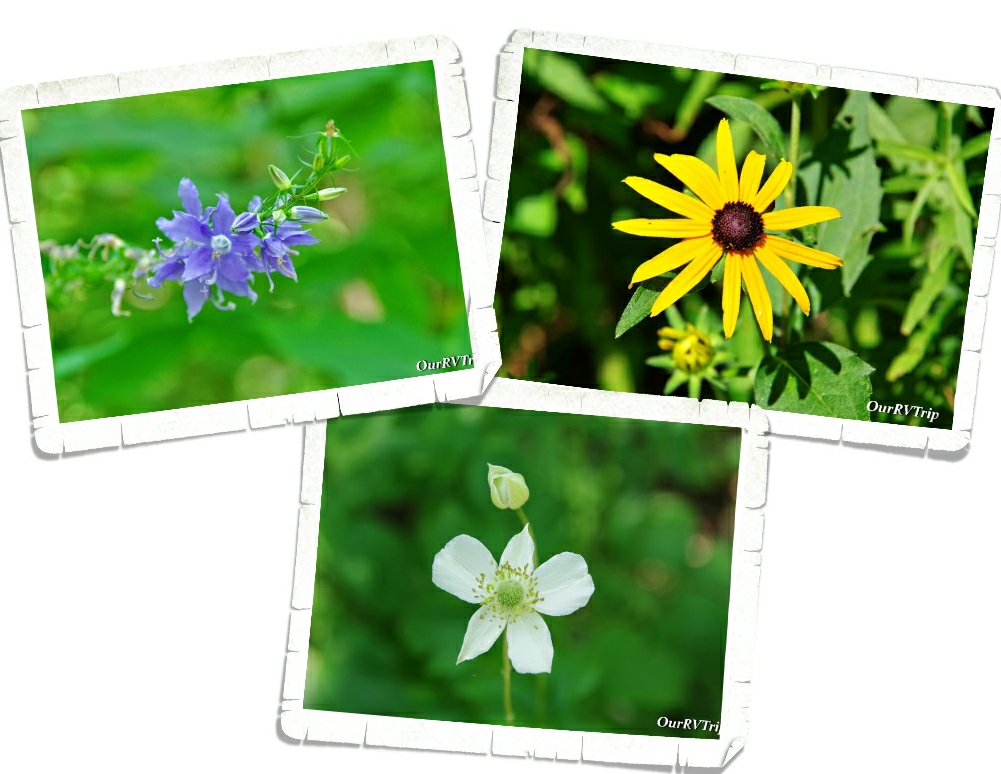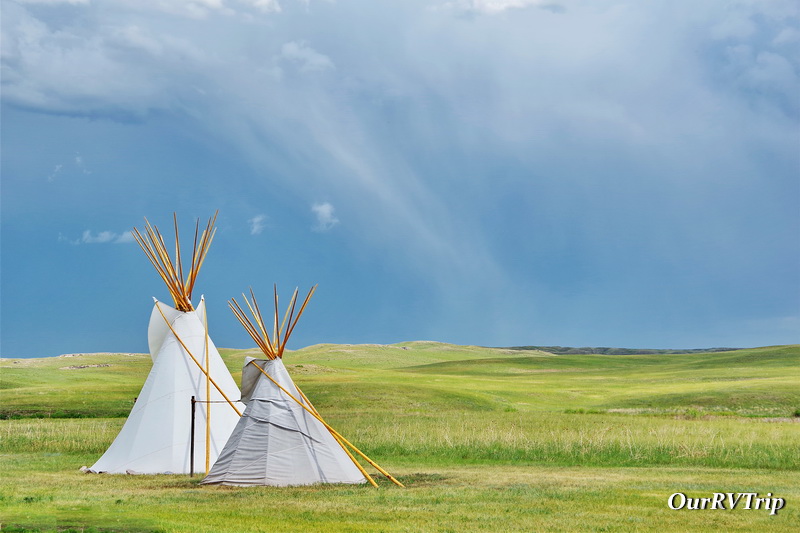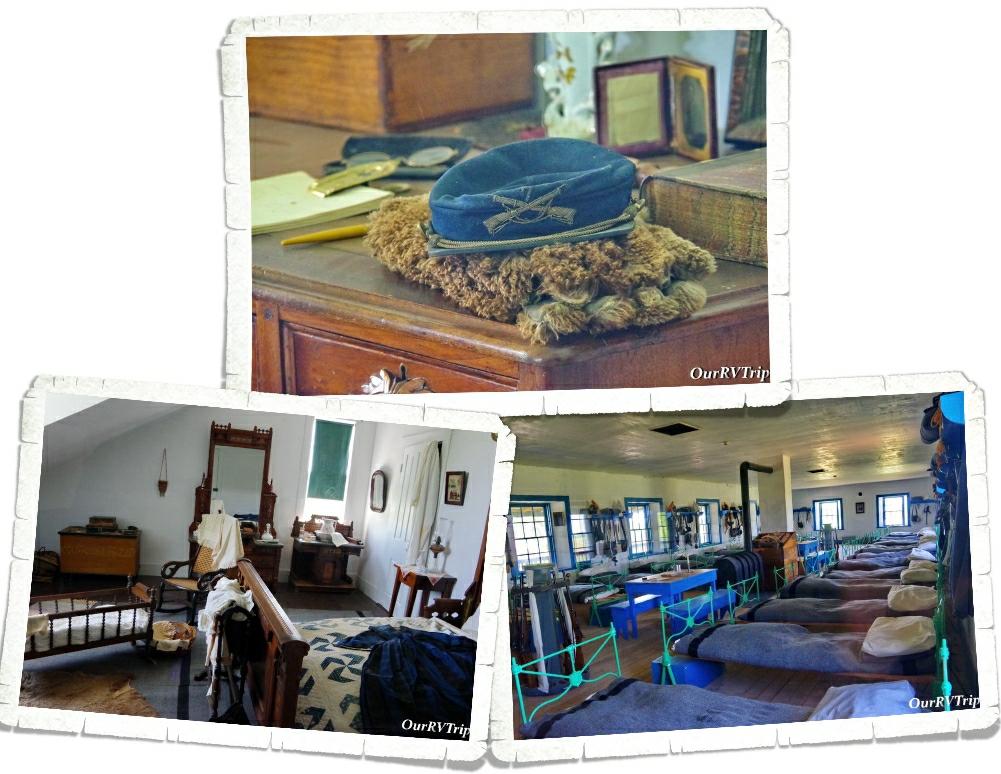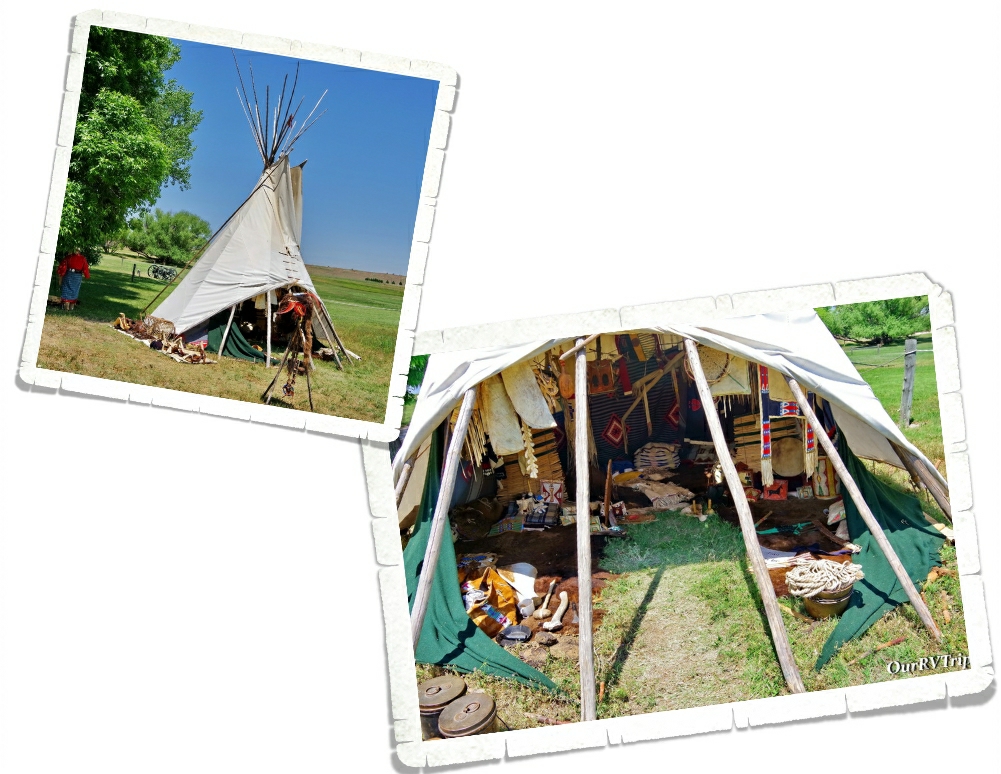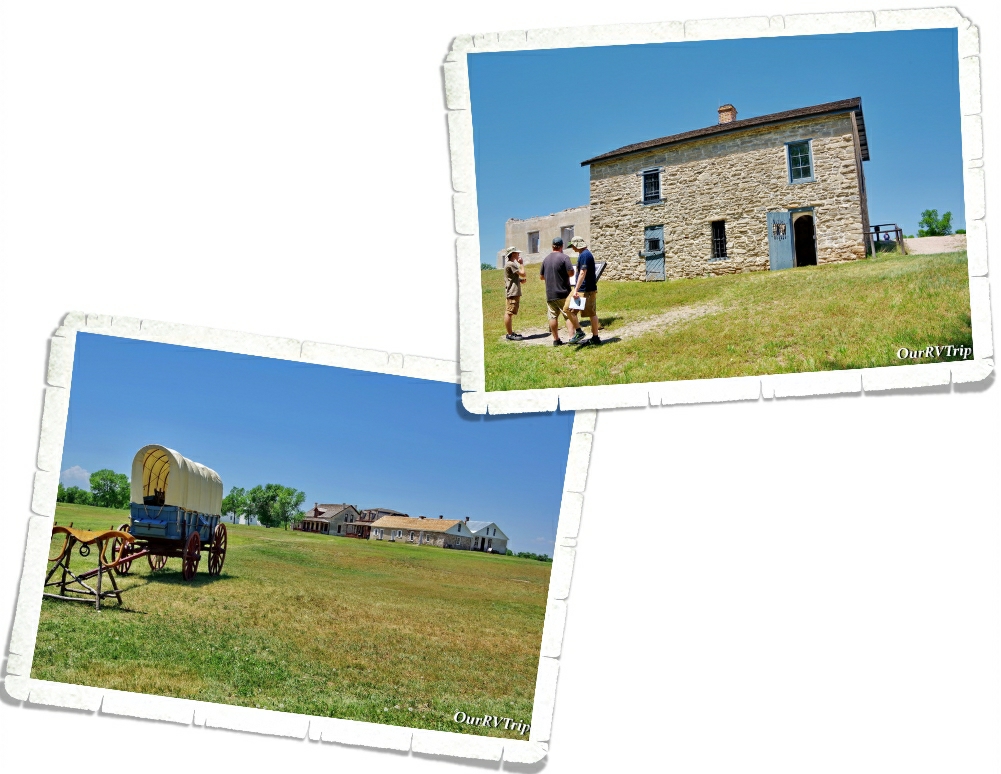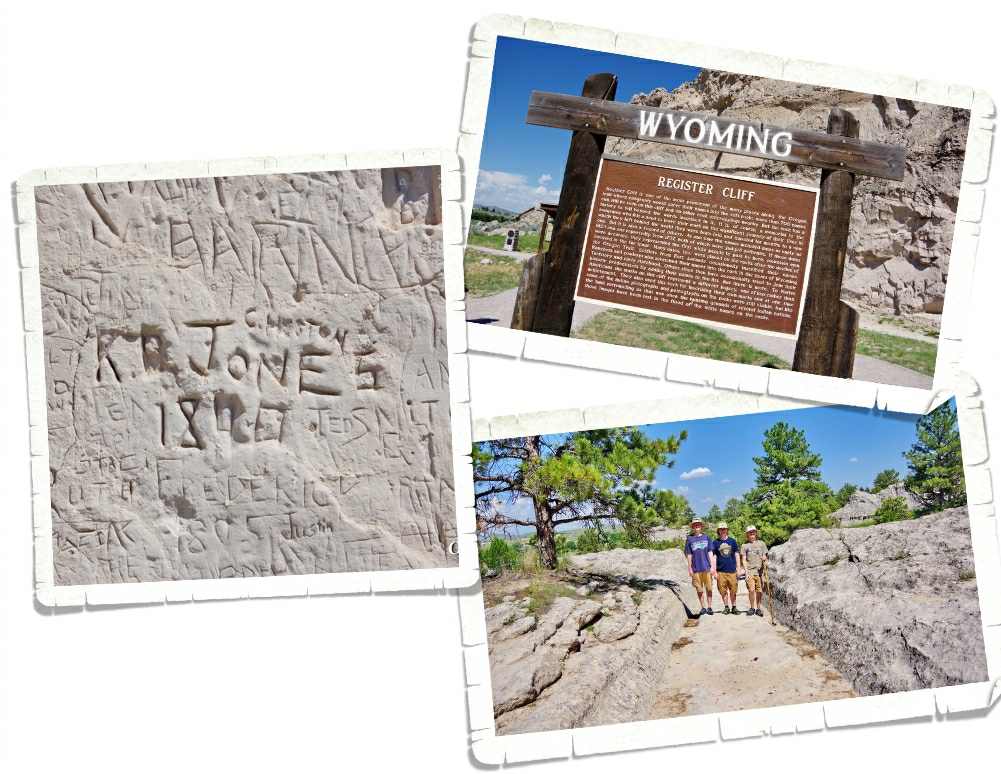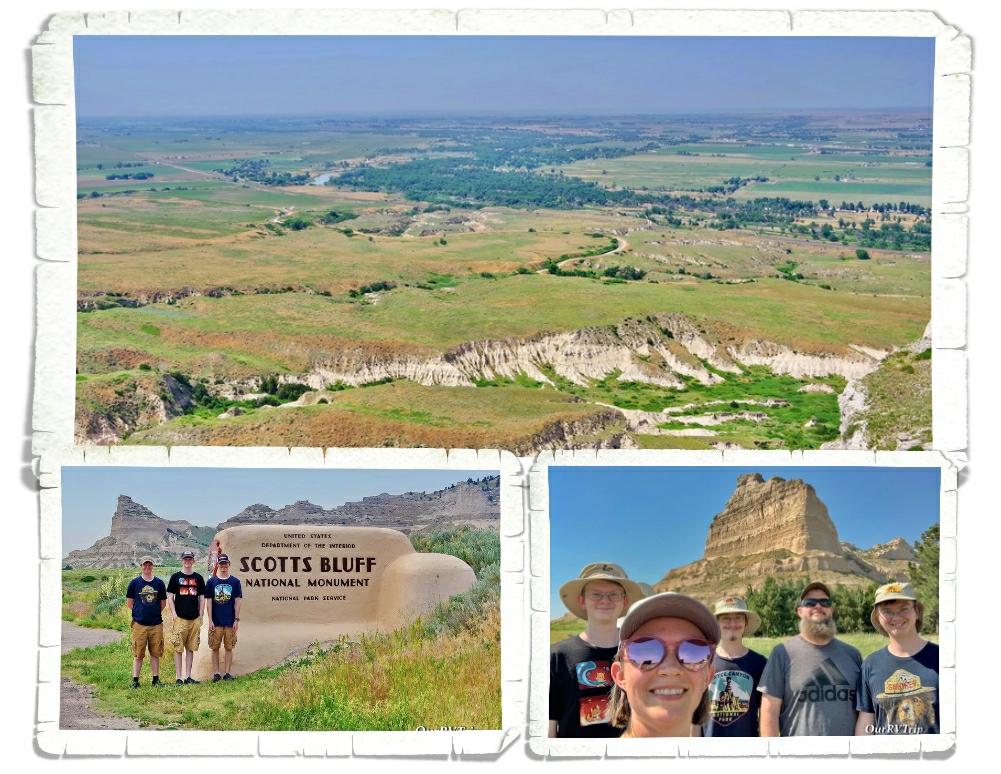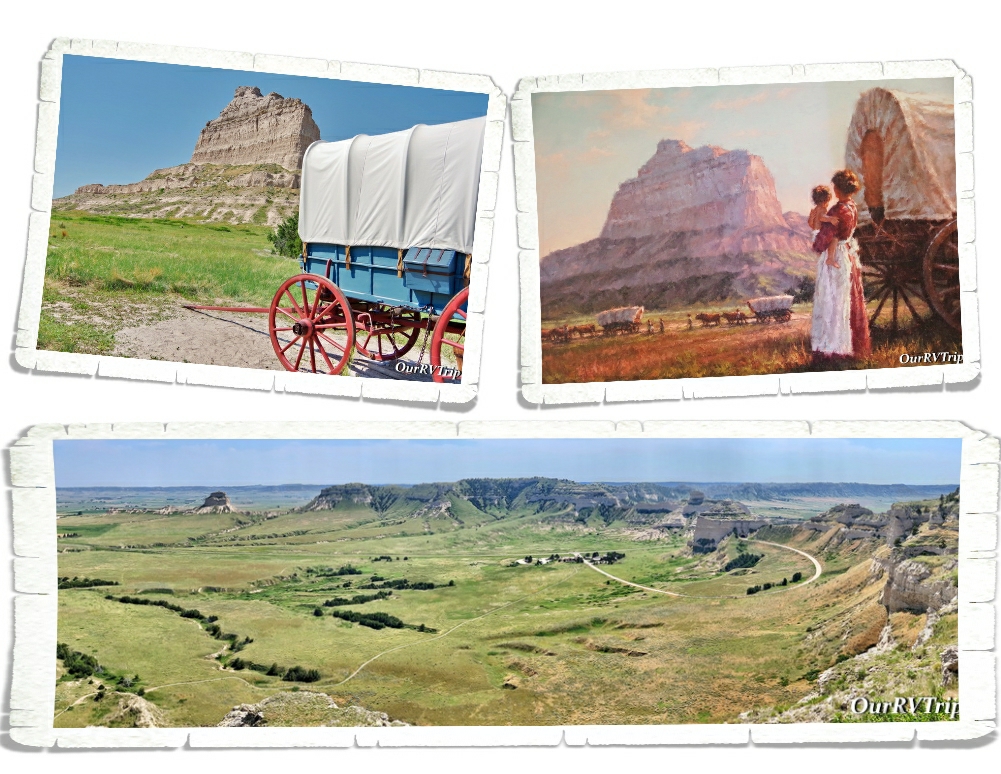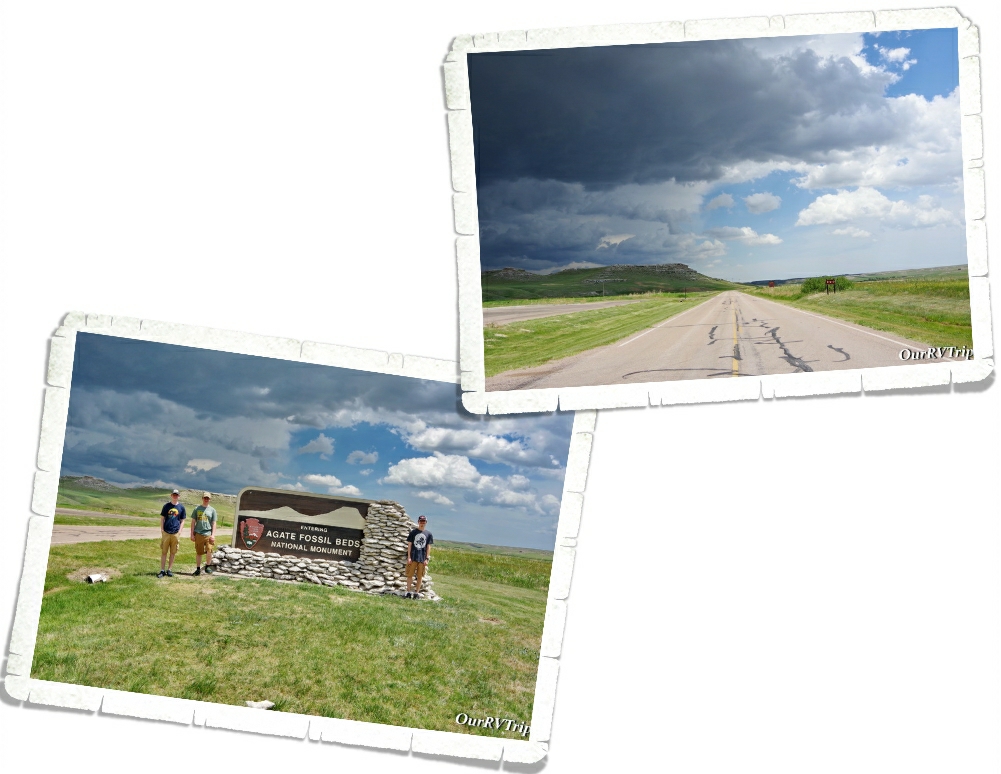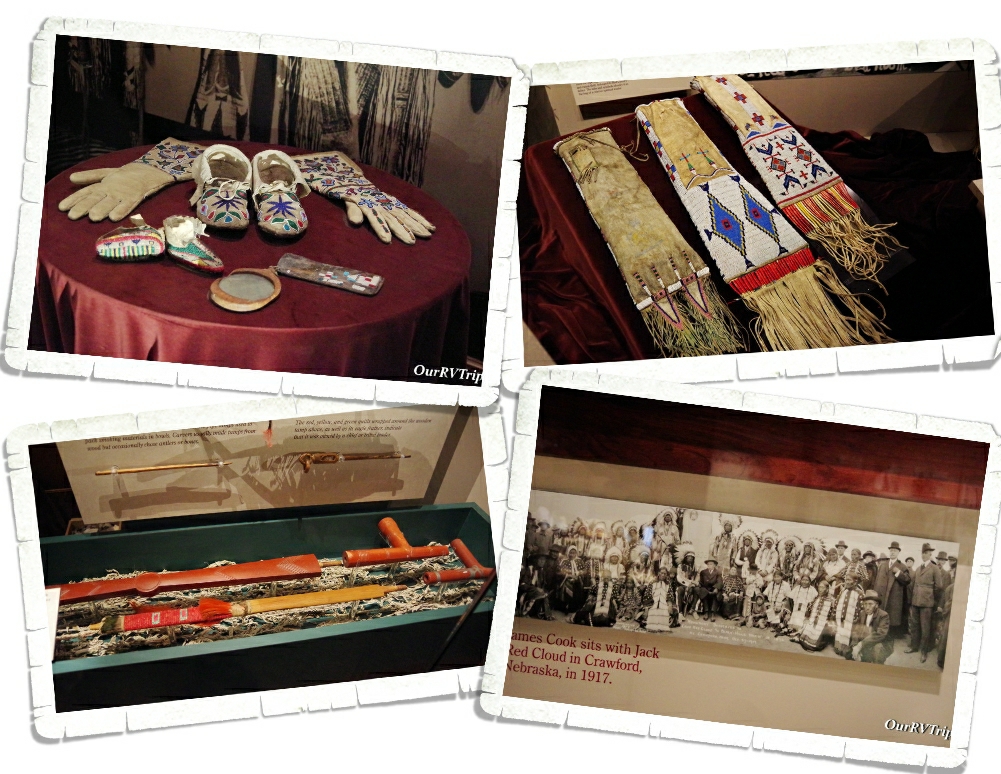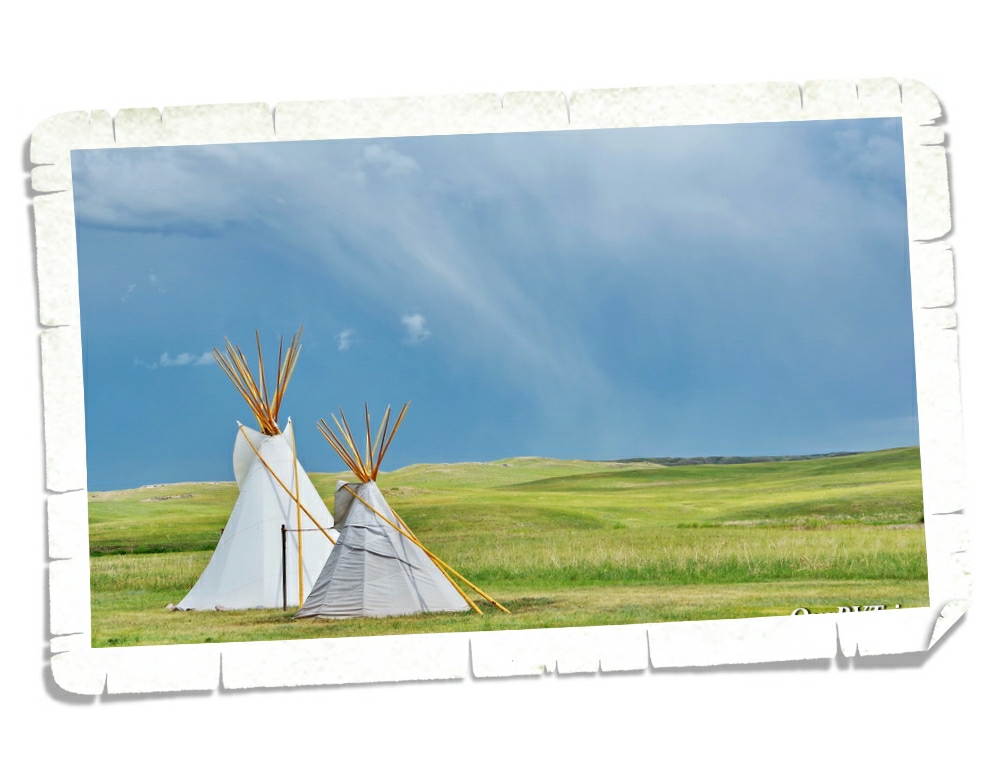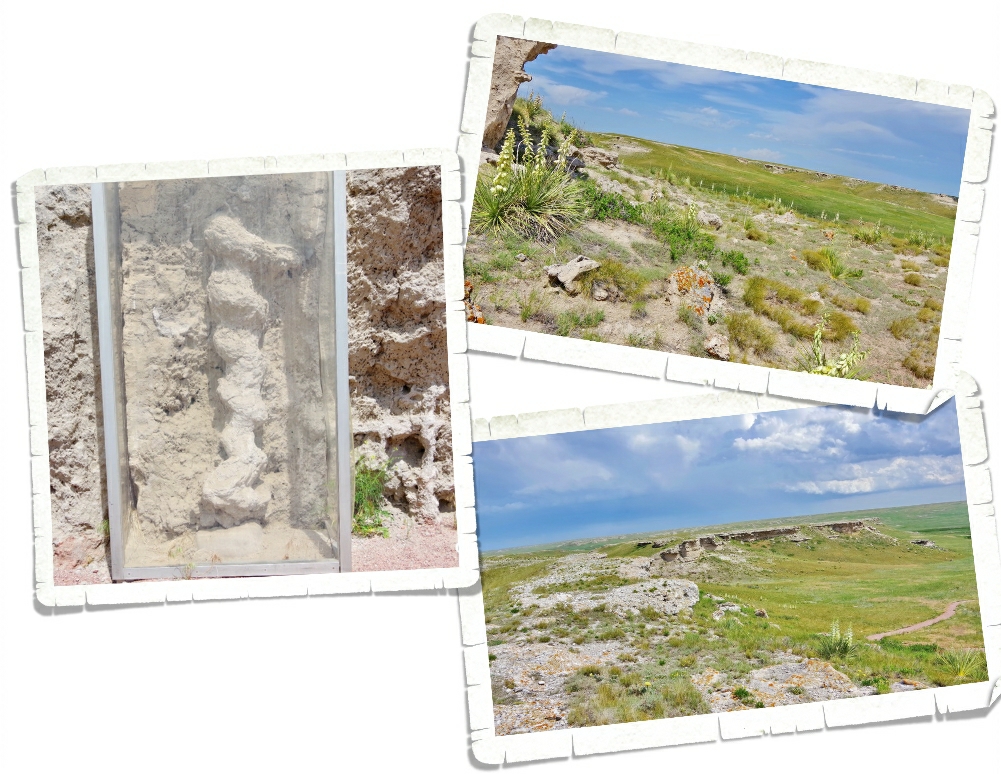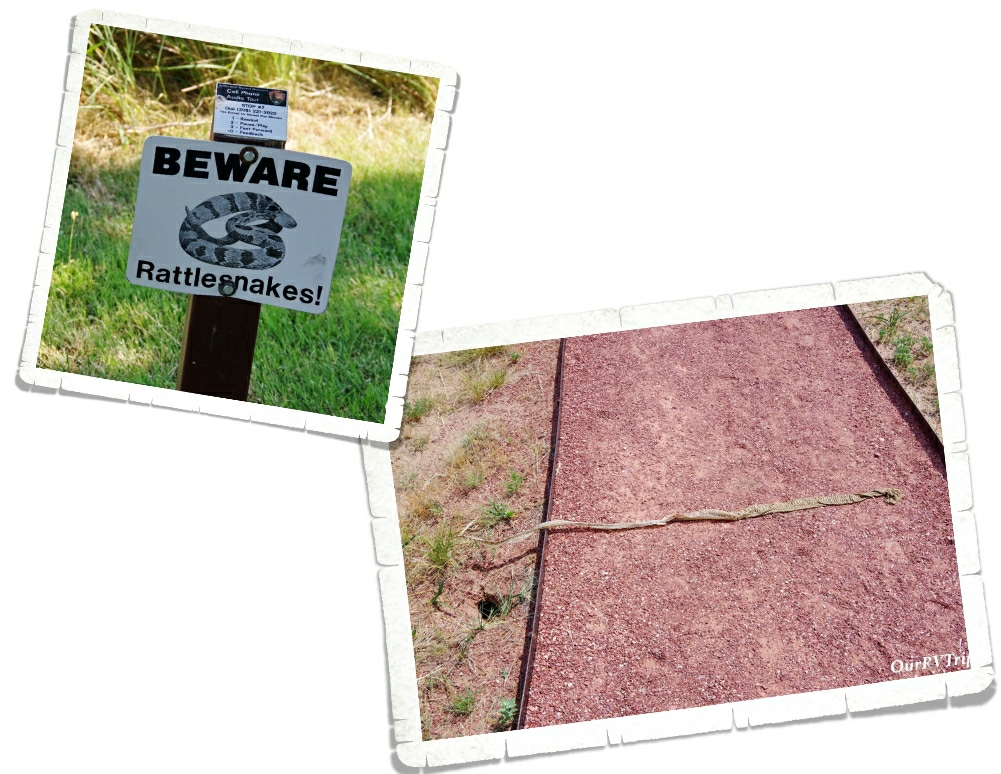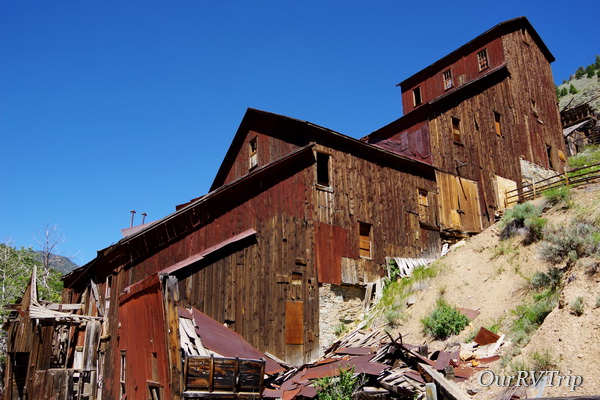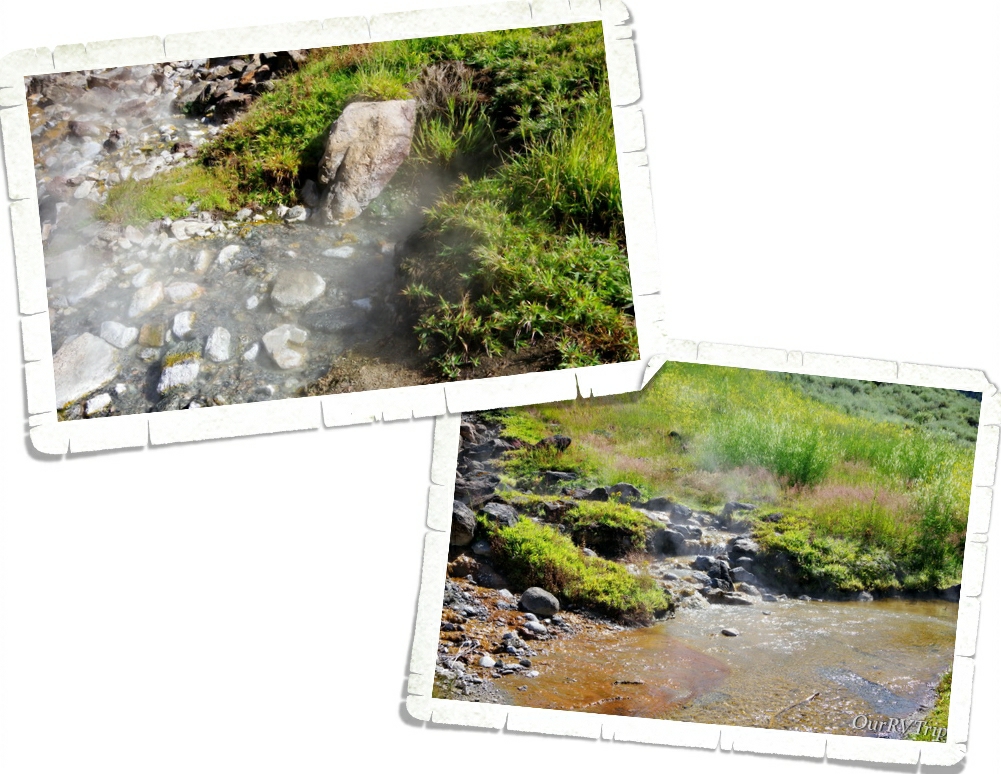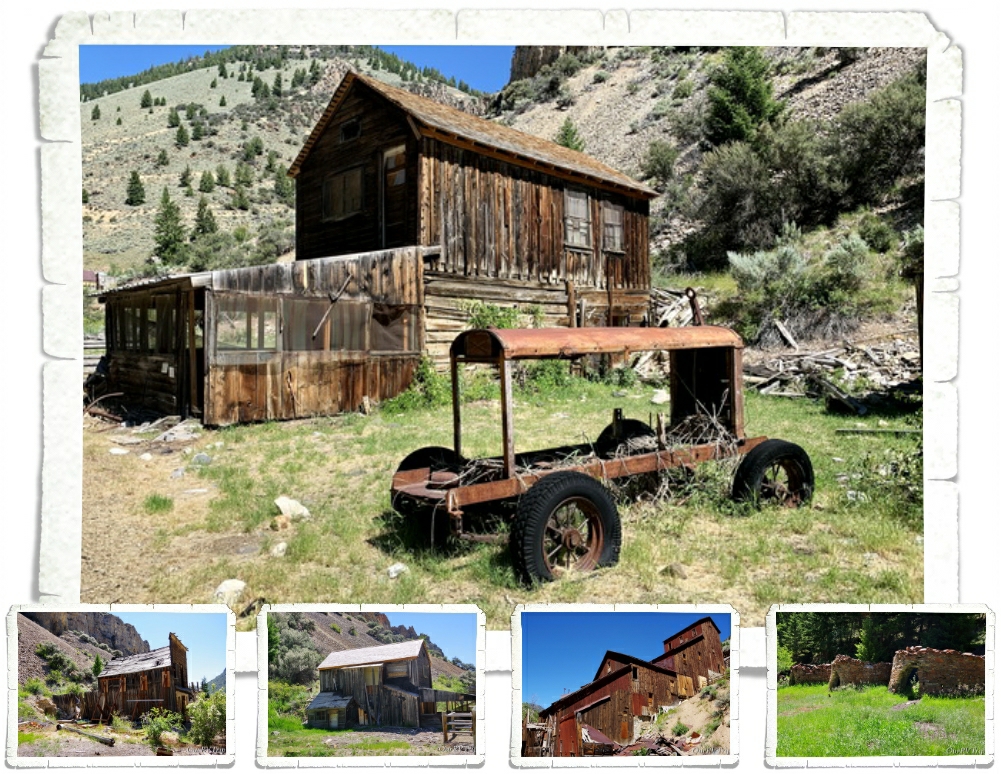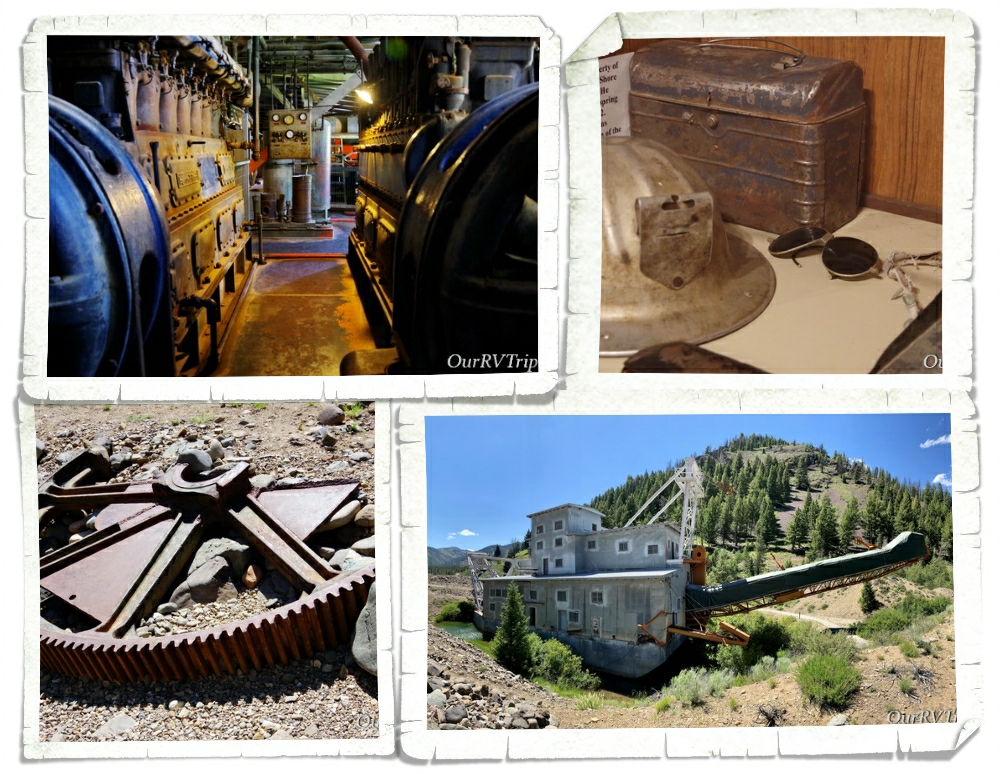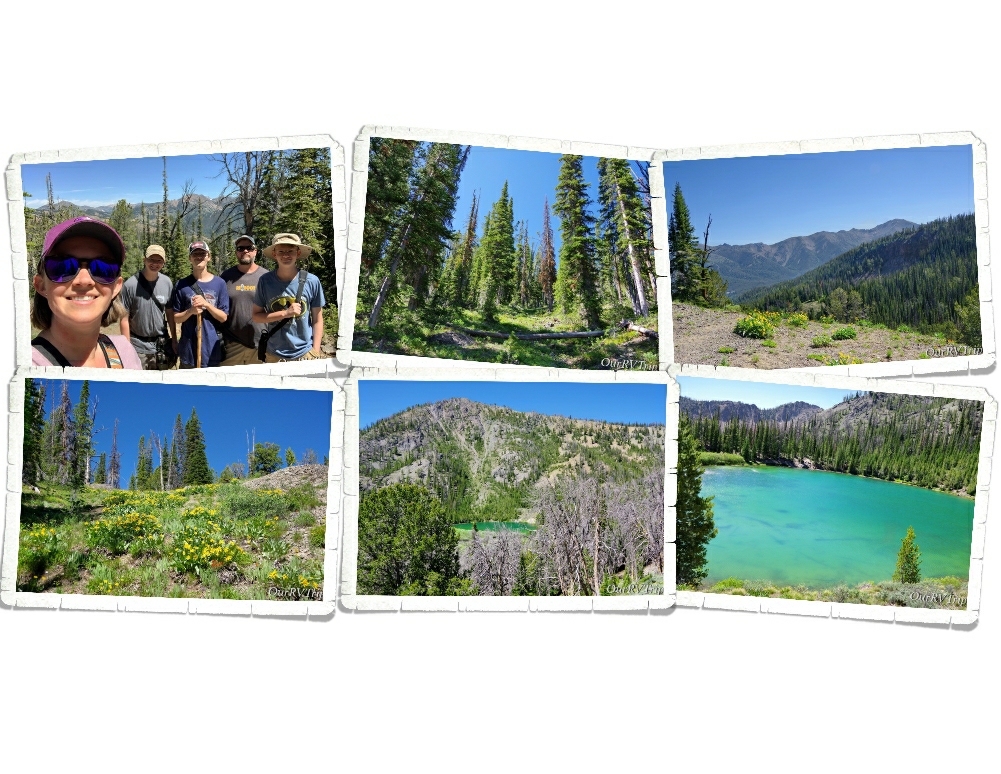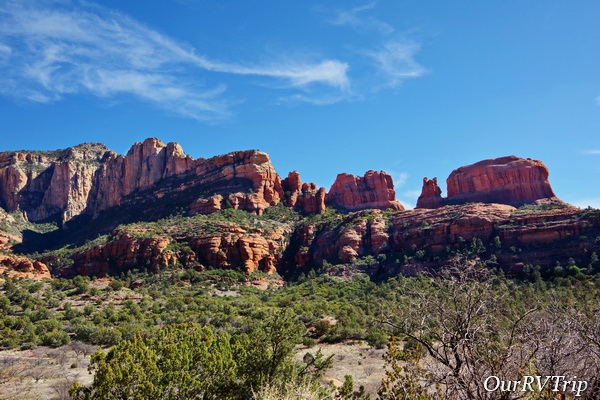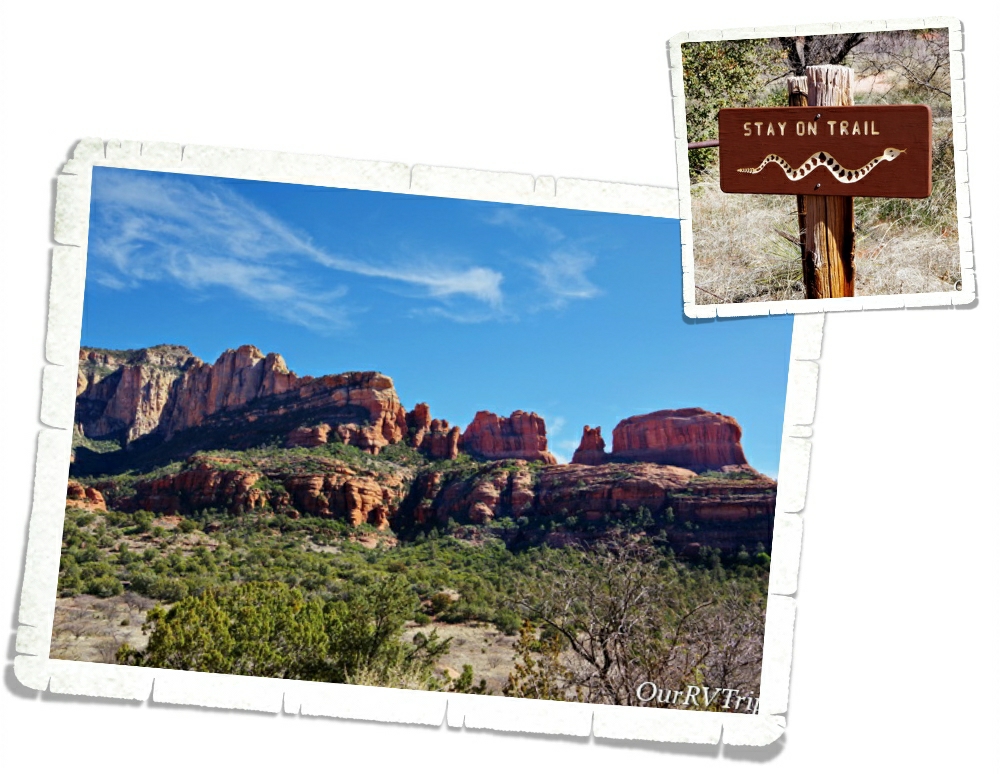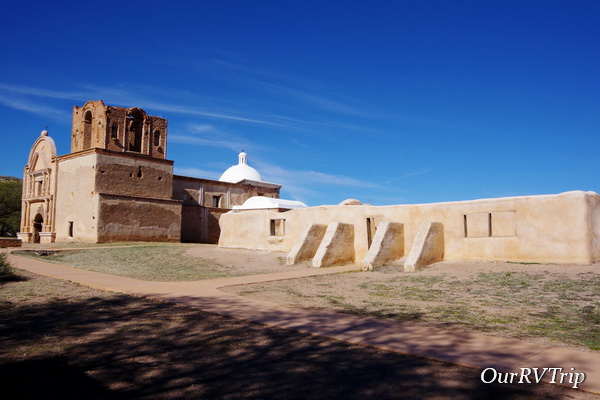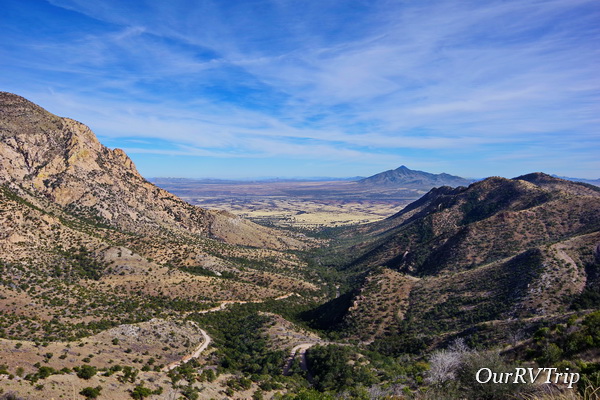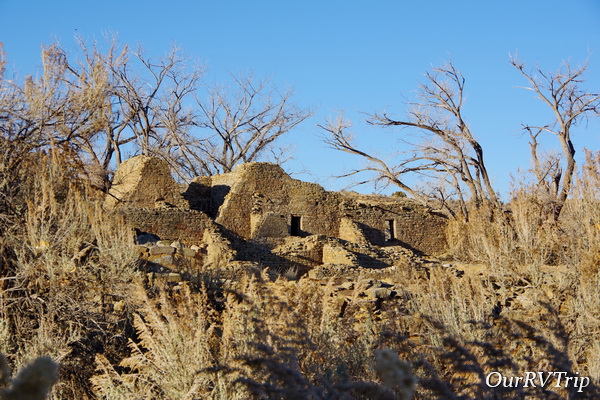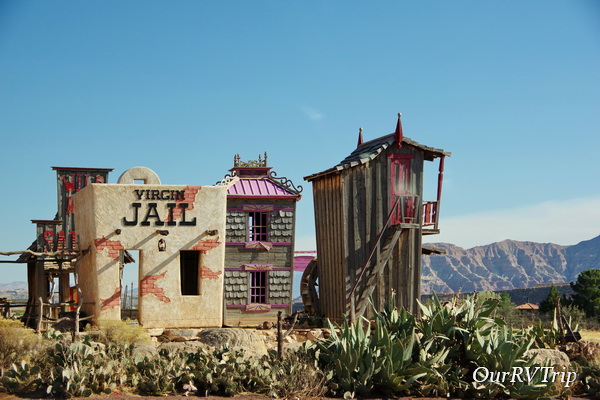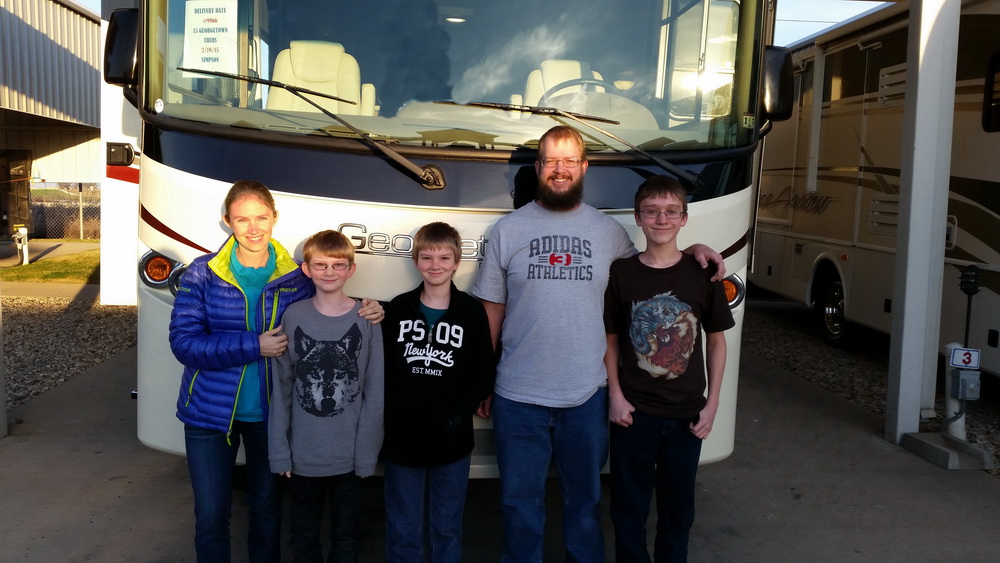
Our 2021 Travels
Hey Guys! It’s December 31…the last day of 2021…and I thought it would be fun to do a review of our travels for this year!
With everything that was going on this year, not only in our country, but worldwide…we weren’t sure how much traveling we would be able to get in. But, you know I had a plan and had us reserved just incase we could travel. Well, not only did things workout…we ended up spending time in sixteen states this year! We added twenty-nine new National Park Units to our overall NP count and managed to visit a new-to-us unit of the Manhattan Project National Historical Park in Oak Ridge…so 30 NPs all together for us this year. That puts our total National Park count at 189 of the official 423 National Park Units. So…we still have plenty to get to!!
While we spent most of the year traveling, we still got in several weeks of mooch-docking with family in Missouri so we could spend time with some of our favorite humans and get some projects done on our home-on-wheels. It’s always good to go home and see family. It’s always hard to say goodbye when we leave. Some goodbyes are harder than others…
We also had some celebrations during 2021! The boys are now 21, 18 and 17…and we had two high school graduations this year! Two! That means that we are officially done with homeschooling. I’m not sure how I feel about it…it is bittersweet.
We went through all of our 2021 travels and picked out our top ten favorite places we explored this year…so let’s get into it.
The first place we’re going to revisit on our top ten is Wall Drugs in South Dakota. Wall Drugs is in our number 10 spot. I know what you’re thinking…Jennie, Wall Drugs? Really?
Guys…Really. This place was unreal. We’ve explored quite a few places and have been to many many stores during our almost seven years of this crazy #nomadlife and we’ve never seen a store like Wall Drugs. We stayed about a block from it while we were in the area…so we got to see the crowds that came every…single…day. All Day. People would start lining up before they even opened, just to get their famous maple donuts or pecan sticky buns. Because we were staying so close for two weeks, we spent quite a lot of time in Wall Drugs perusing all it has to offer. If you ever need or want a souvenir for South Dakota…this is definitely your place. If you need a break from driving and some foodies…this is definitely your place. If you’re into quirky roadside attractions that have interesting history…this is definitely your place. If you’re anywhere near Wall, SD at all…Wall Drugs is SO worth a stop.
In the number 9 spot is Pipestone National Monument in Minnesota.
When we started this nomad life way back in 2015, we wanted to show our boys the Country they live in. We didn’t want to show them just the shiny pretty places, we also wanted to teach/show them our Nation’s history. Places like Pipestone National Monument, which preserves over 3,000 years of history, is a prime example of why we chose to live a nomad life in order to travel. We’ve learned so much history that we would have never even known about over the last almost seven years. There’s so much out there they don’t teach us in public schools. The historical National Parks like Pipestone NM are some of our absolute favorite National Park Units.
Keeping with our love of history lessons…it won’t surprise you that Scotts Bluff National Monument in Nebraska made it to the number 8 spot on our top ten for 2021.
Scotts Bluff NM has both amazing views and a rich history. We thoroughly enjoyed our visit to Scotts Bluff NM. It was late Spring/early Summer when we went so the flowers were still in full bloom and the heat was ramping up. The day we went, we saw temps in the 90s so we didn’t spend as much time hiking as we’d’ve liked, but we hiked some and spent time in the visitor center museum learning. I never thought of this kind of landscape when I thought of Nebraska…we were pleasantly surprised not only with this park, but with this area.
Allegheny Portage Railroad National Historic Site in Pennsylvania sits in the number 7 spot on our 2021 list.
When I asked the boys to name their favorite places we explored this year…it surprised me when more than one of them mentioned Allegheny Portage Railroad National Historic Site. This is one of the smaller parks we visited but it’s absolutely crammed with not only history…but also engineering. So, it probably shouldn’t have surprised me that my little nerds liked this NP unit so much. We learned about railroad engineering and the way railroads changed life along their routes.
Sitting in the number 6 spot is Devils Tower National Monument in Wyoming.
Devils Tower NM is steeped in local Native American history and lore. We loved learning not only about the science of it, but also the lore woven around it. We visited this park on two separate days and it was insanely busy both days. If you go, make sure to pack your patience and since there’s not a lot of educational info available (no museum), which really surprised us, make sure to grab a Ranger and ask about the science and lore of the “tower”.
With our love of battlefields and history…it won’t surprise you to see Stones River National Battlefield in Tennessee sitting at the number 5 spot of our 2021 list.
If you’ve been following along at all, you’ll know battlefields are our jam. So much so, that earlier this year we did a battlefield tour of Tennessee. And while all battlefields have certain things in common…the cannons…the war…the death… there are also the stories of life and perseverance and love…and those are what draw us in. You can learn so much from the stories that surround the battlefields. Stones River was one of the bloodiest battles of the Civil War. The stories we read…especially one about two brothers…really touched the boys and made a lasting impact on their views of life. This is what National Parks will do…they’ll change you for the better.
There are only three places that made it to our top ten that aren’t National Park units. The number 4 spot is one of those with James Island County Park in South Carolina.
Guys…this park is awesome! It’s not only on our top ten of 2021 list…it’s on our top places to stay list. I would go back to this area just to stay at this park. When I booked this place…it was a last resort. There aren’t a ton of places to stay in the Charleston area and when the place we usually stay wasn’t taking reservations because of the whole CV thing…and then the other places I tried were either closed or refusing to take reservations that far out…I ended up taking a chance on James Island County Park. It was the best decision. We love everything about this park. From the walking trails to the fishing pier (sunset pics) to the paddle boats (watch out for the gators) this park is the best one we’ve found in a long time.
Great Smoky Mountains National Park in Tennessee has the number 3 spot on our 2021 list.
There are 423 National Park Units. Great Smoky Mountains is the most visited National Park unit in the United States. While the park was crowded every single time we went, we were still able to find a few quiet places. There is an underrated beauty to this park that is refreshing. We’ve found that while the “old man mountains” of the Smokies aren’t big and flashy…you won’t find the dramatic views like you’ll find in the Rocky Mountains or the Sierra Nevadas…there is a quiet calm and a beauty to the Smokies. Tranquil is the word that comes to mind…even with the crowds.
Custer State Park in South Dakota is firmly in the number 2 spot of our 2021 list.
Custer SP should definitely be a National Park. We stayed just outside it for two weeks and good grief…the whole area is amazingly gorgeous. This park has it all! Views, hikes, wildlife… We look forward to going back someday. Hopefully, without the tornado that went through while we were there.
As soon as we started making a list of our favorite places of 2021, Badlands National Park was the first place we thought of. And, while we might have disagreed about which numbers the other places on the list fell…we all agreed that the number 1 slot definitely belongs to Badlands National Park in South Dakota.
Guys, this park blew us away! Badlands NP isn’t just on our favorites list for this year, it’s made its way onto our overall favorite list as well. We saw so much wildlife at this park…and the colors were just…amazing. We went in the Spring while everything was still green and the bison were starting to shed their winter coats and all of the baby animals were bouncing around. Badlands NP has got to be one of the most underrated NPs in the NPS system. We spent two weeks going in and out of Badlands and completely loved it.
And….with a year of travel comes a year of foodies. We started listing the places that were fabulous…the places we wanted to include…and well, you can imagine that the list kept growing. So, I’ll leave this collection of foodie pictures here and tell you that we had a very very good foodie year. So good, we all gained a few extra pounds. Ha!!
We’ve been living this crazy nomad life while we’ve been on our #grandadventure for almost seven years now. In those seven years we’ve seen so so many amazing places and made countless memories. We’ve learned more than I ever thought we would, traveled farther than I ever thought we would and did things I never thought we would have the chance to do together as a family. We’ve grown… in more than one way…some of us are quite a bit taller now than when we started this amazing journey all those years ago…and with that growth, comes a need for a change. We’ve decided that 2021 will be the last year we live the nomad life. It’s time we get a more permanent basecamp where the boys can learn how to adult “normally” and go to college and get jobs and start planning adventures of their own.
So…this is the end of our Grand Adventure as a #digitalnomadfamily and as fulltime RVers. When we started planning this whole crazy thing way back in 2014, we never thought it would become our life for almost seven years, take us to 49 states and shape us in the way that only traveling can. And, as with every end, there is the magic and promise of a new beginning. As 2021 ends and 2022 begins we look forward to the promise of adventures…of a new kind.
We hope y’all have a wonderful New Year filled with all of the amazing adventures your heart desires.
Thank you for coming along on this crazy nomadic ride with us…we’ve loved having you be apart of the journey!
Much Love,
Jerl, Jennie, Charles, Alex and Nicholas
#theend
